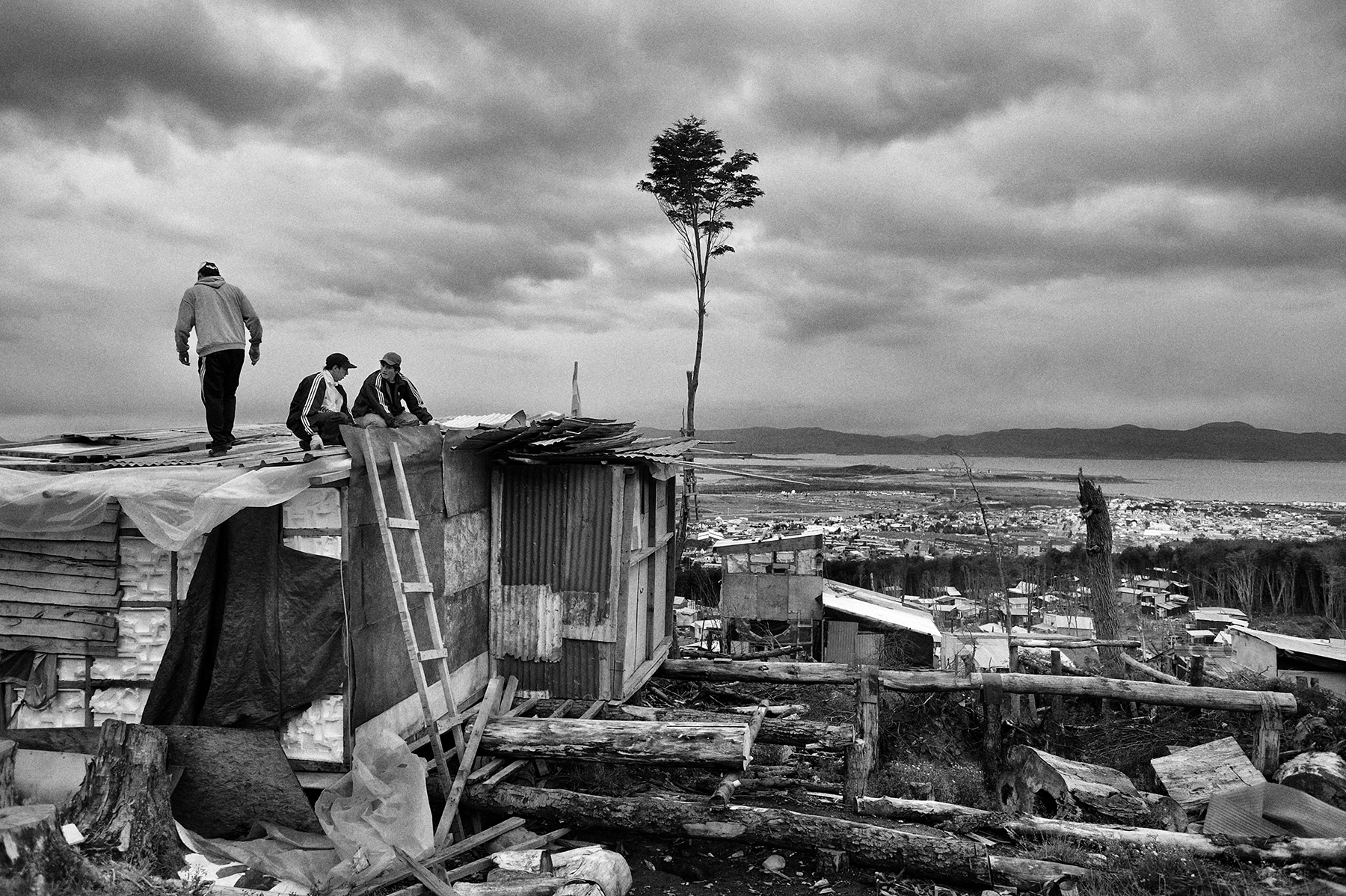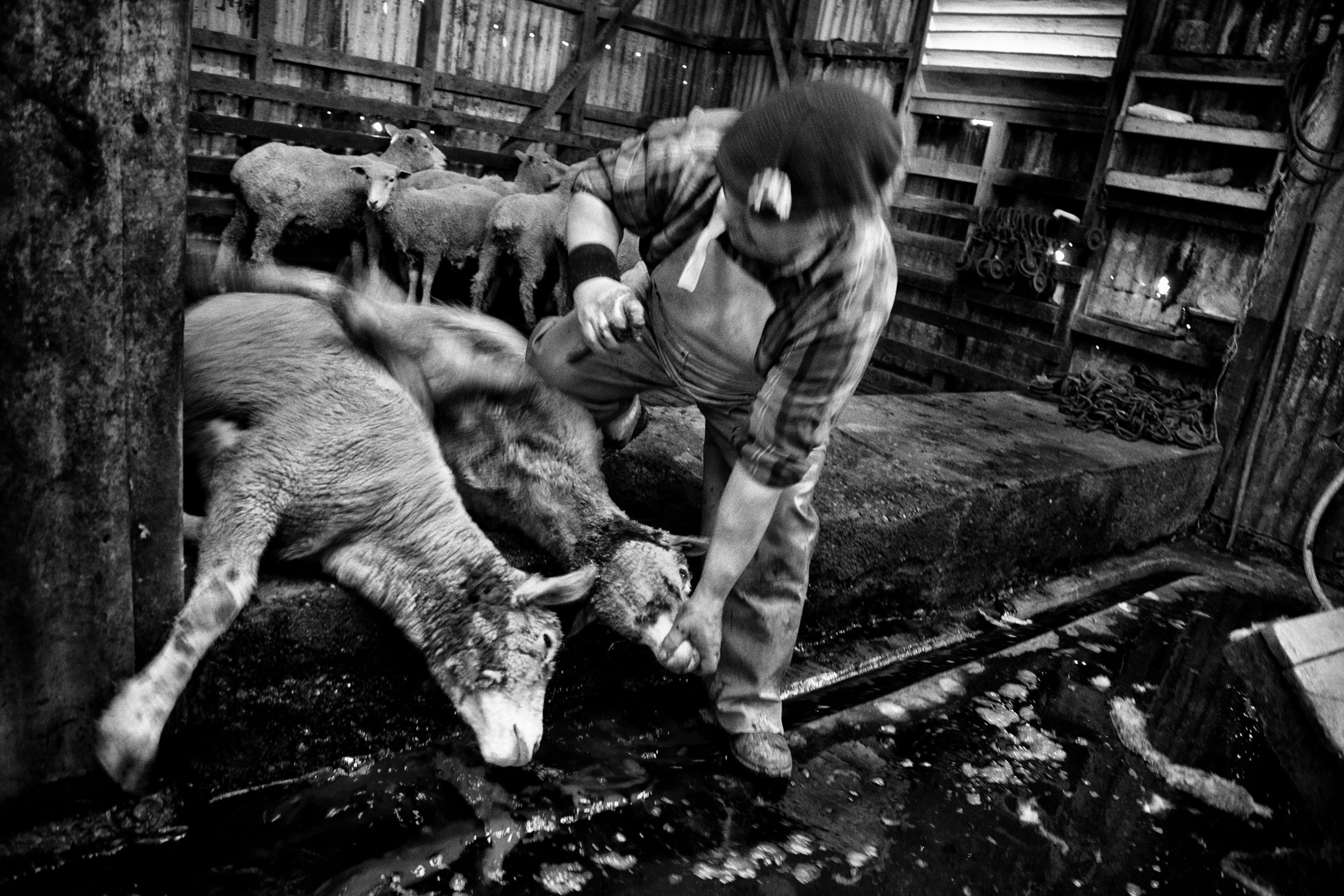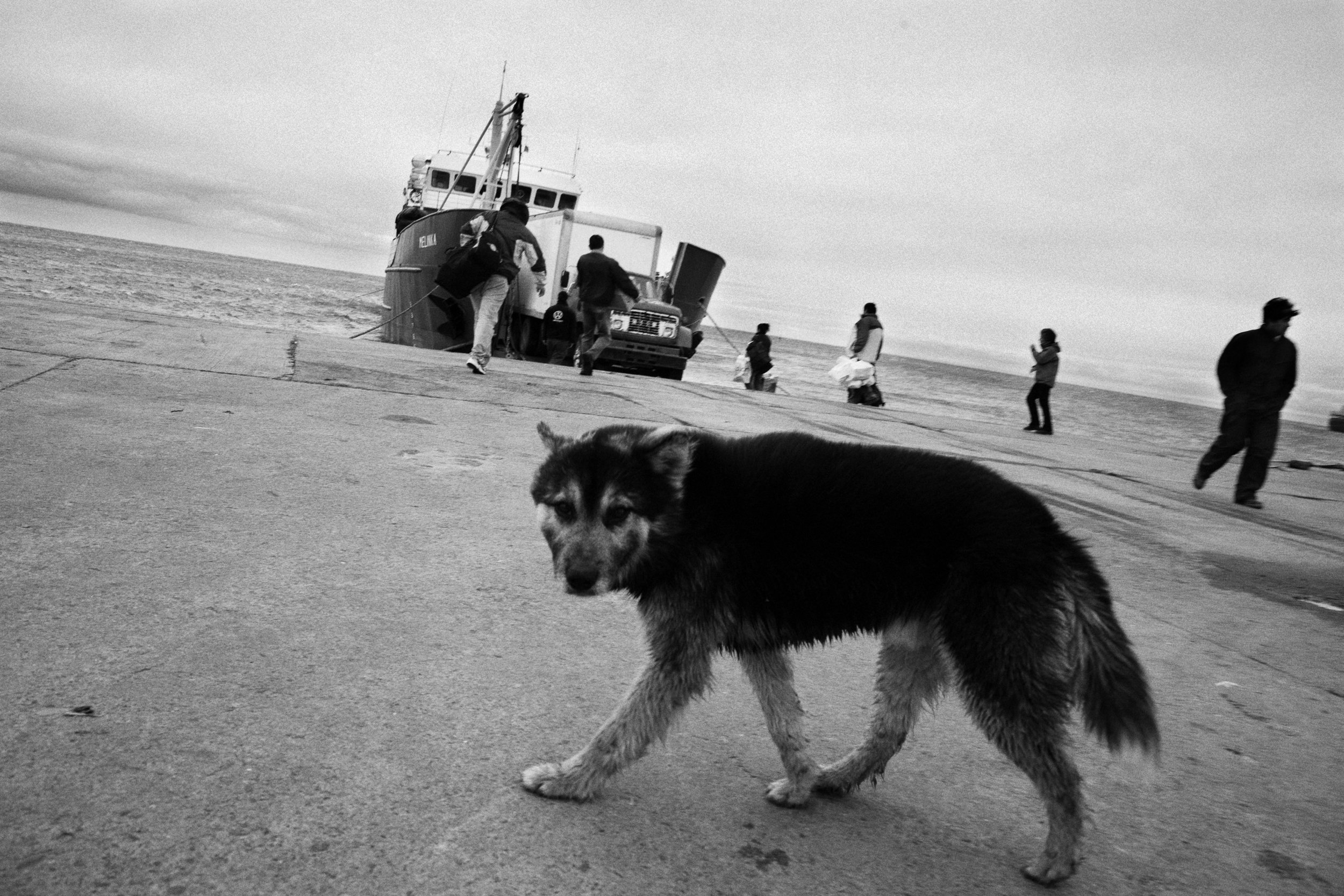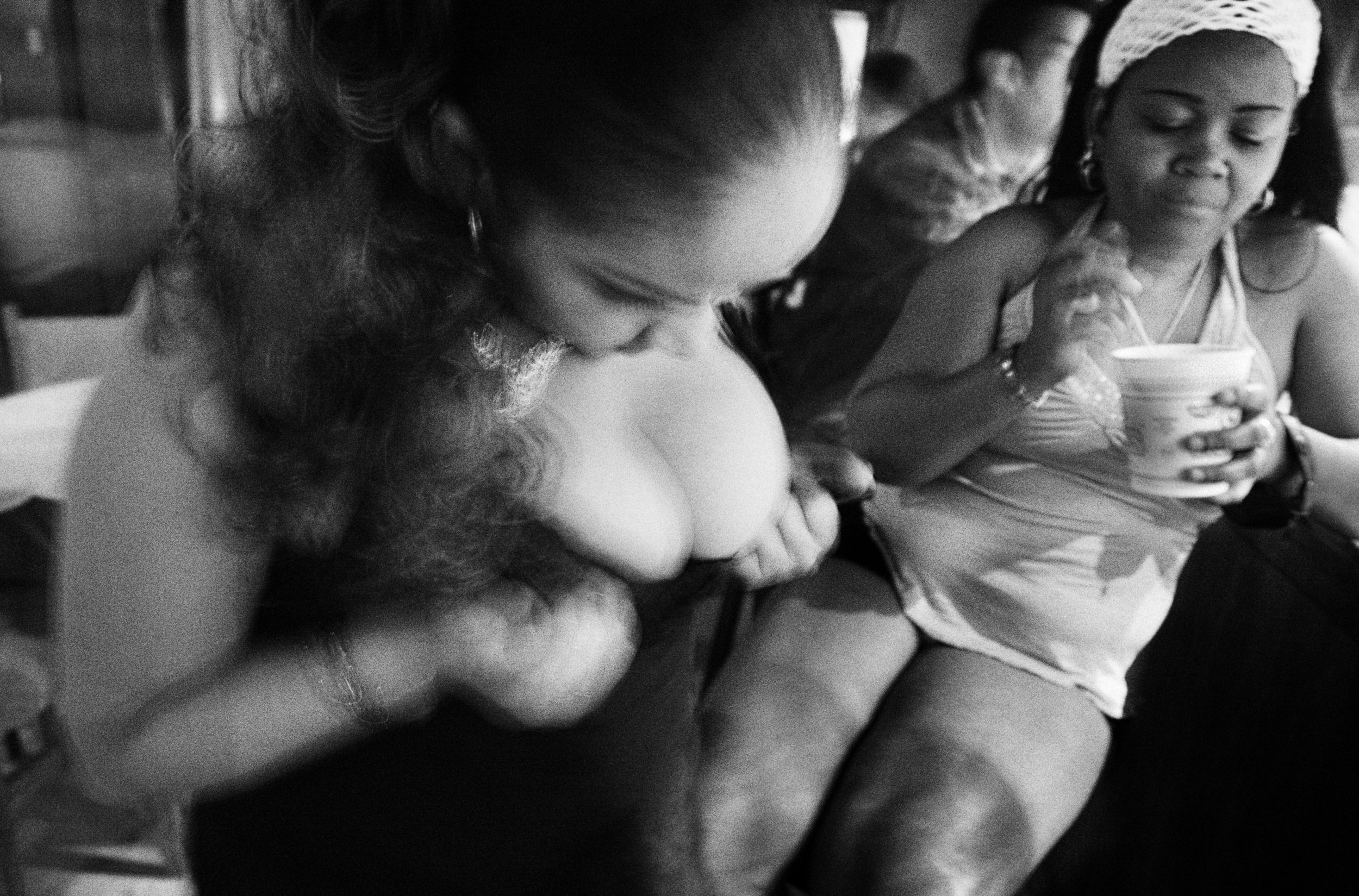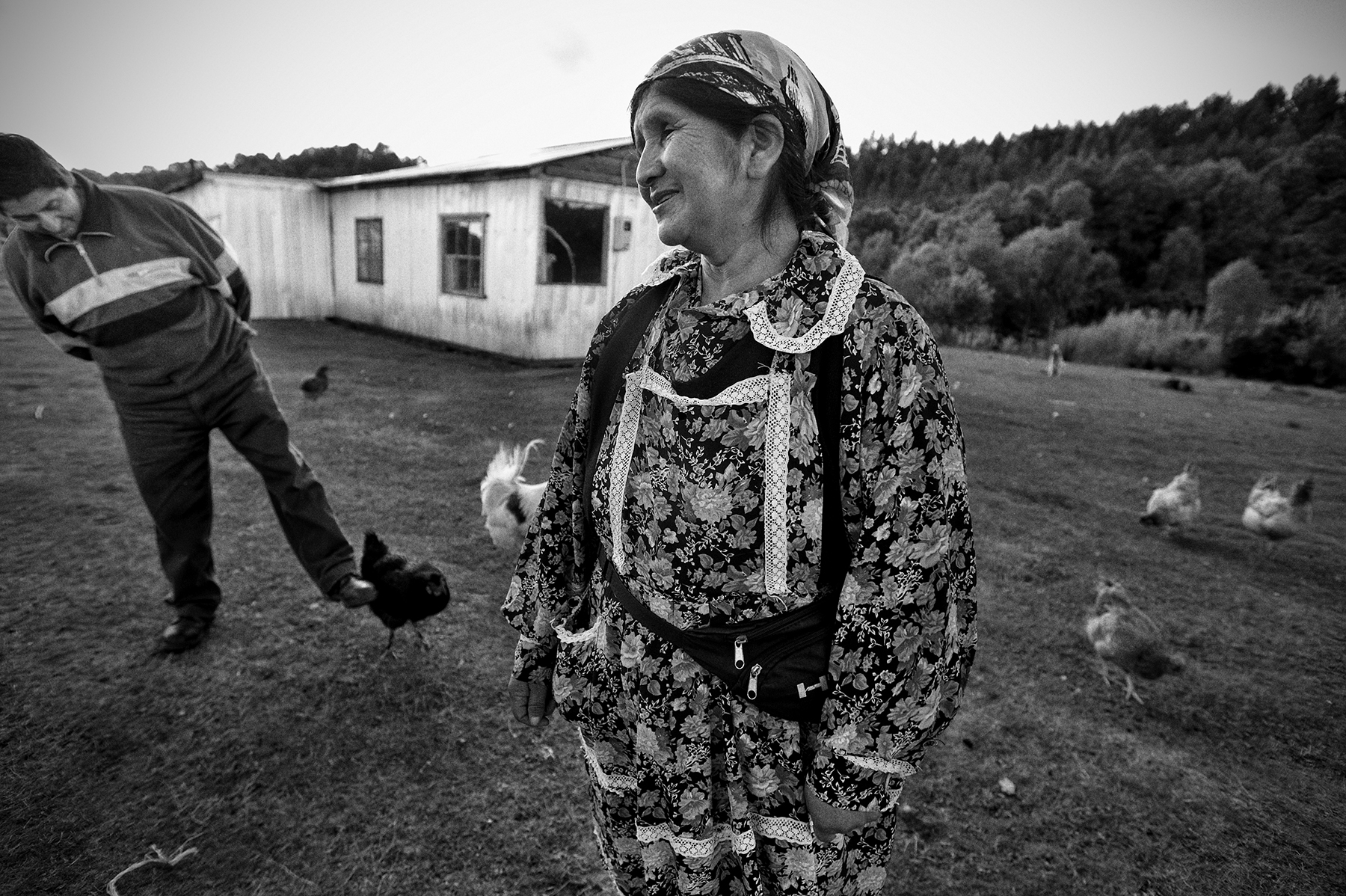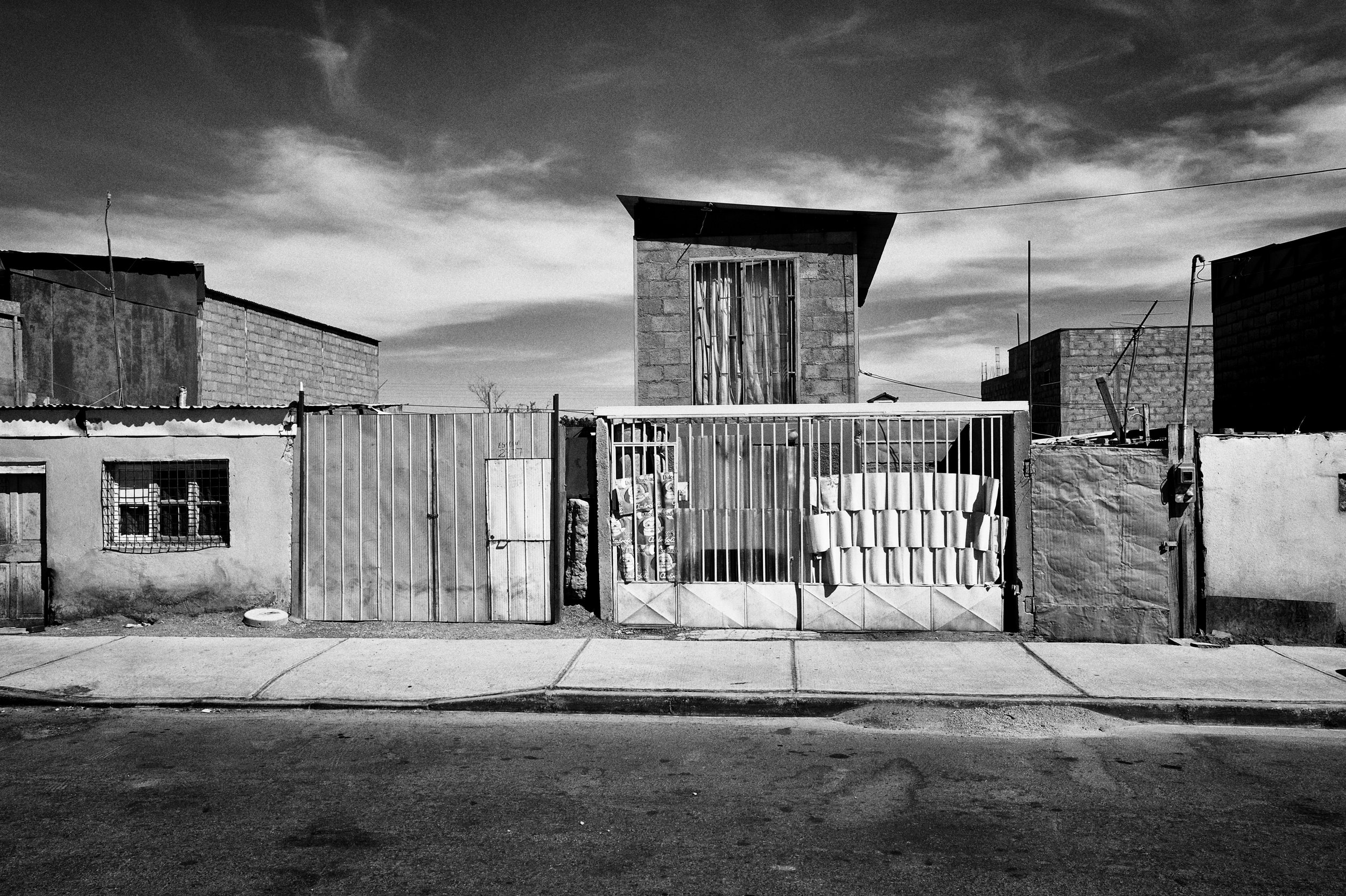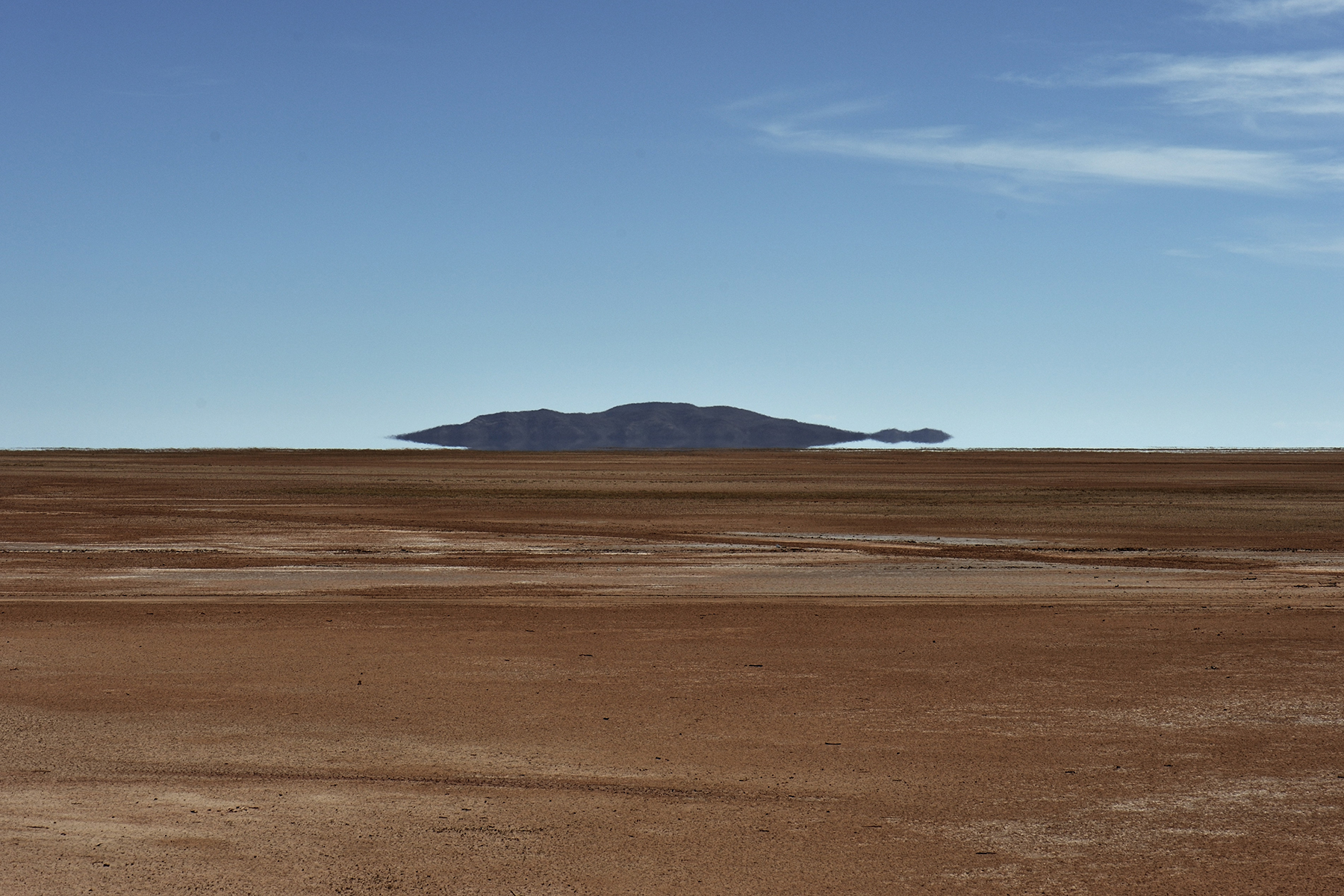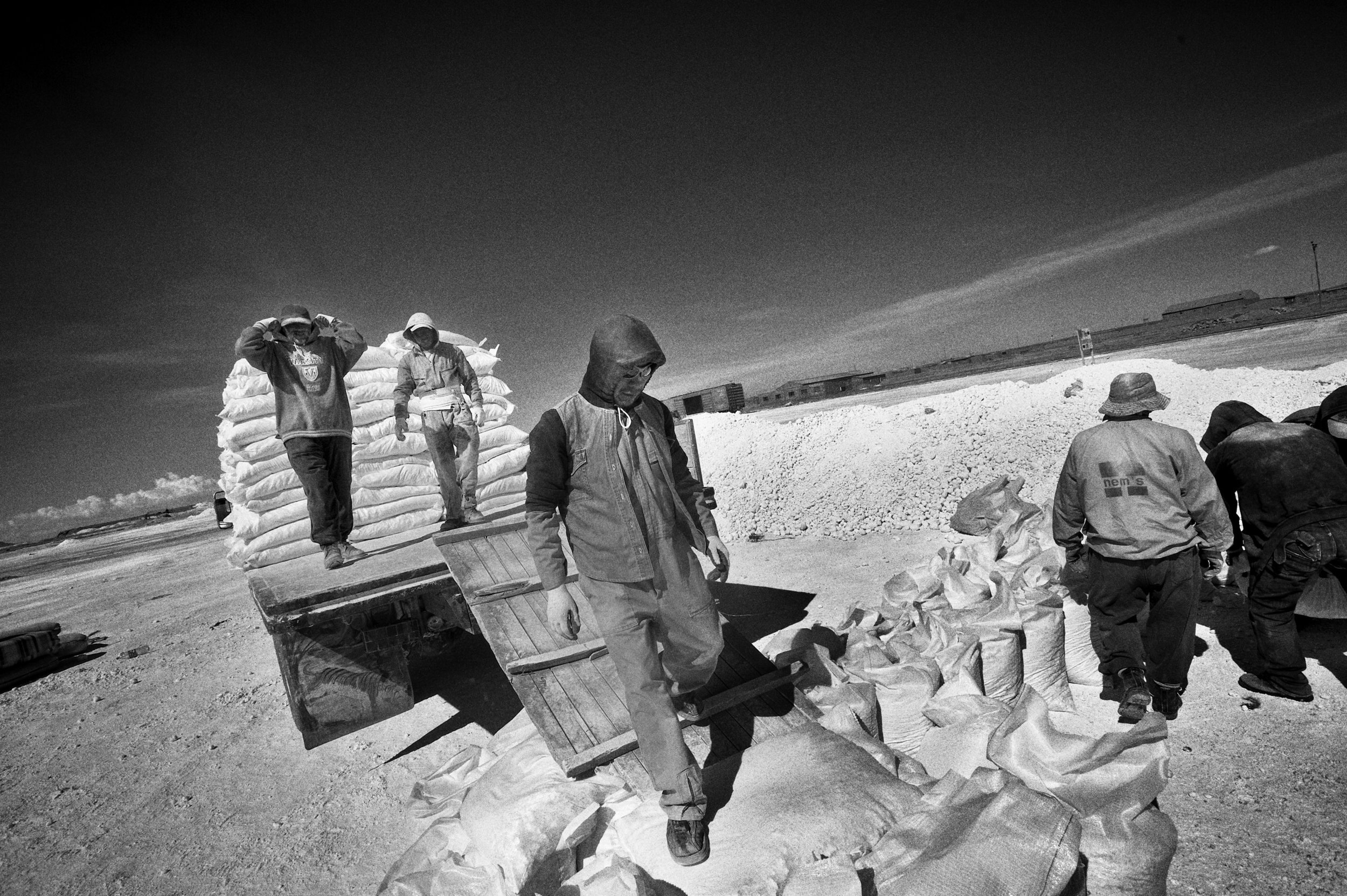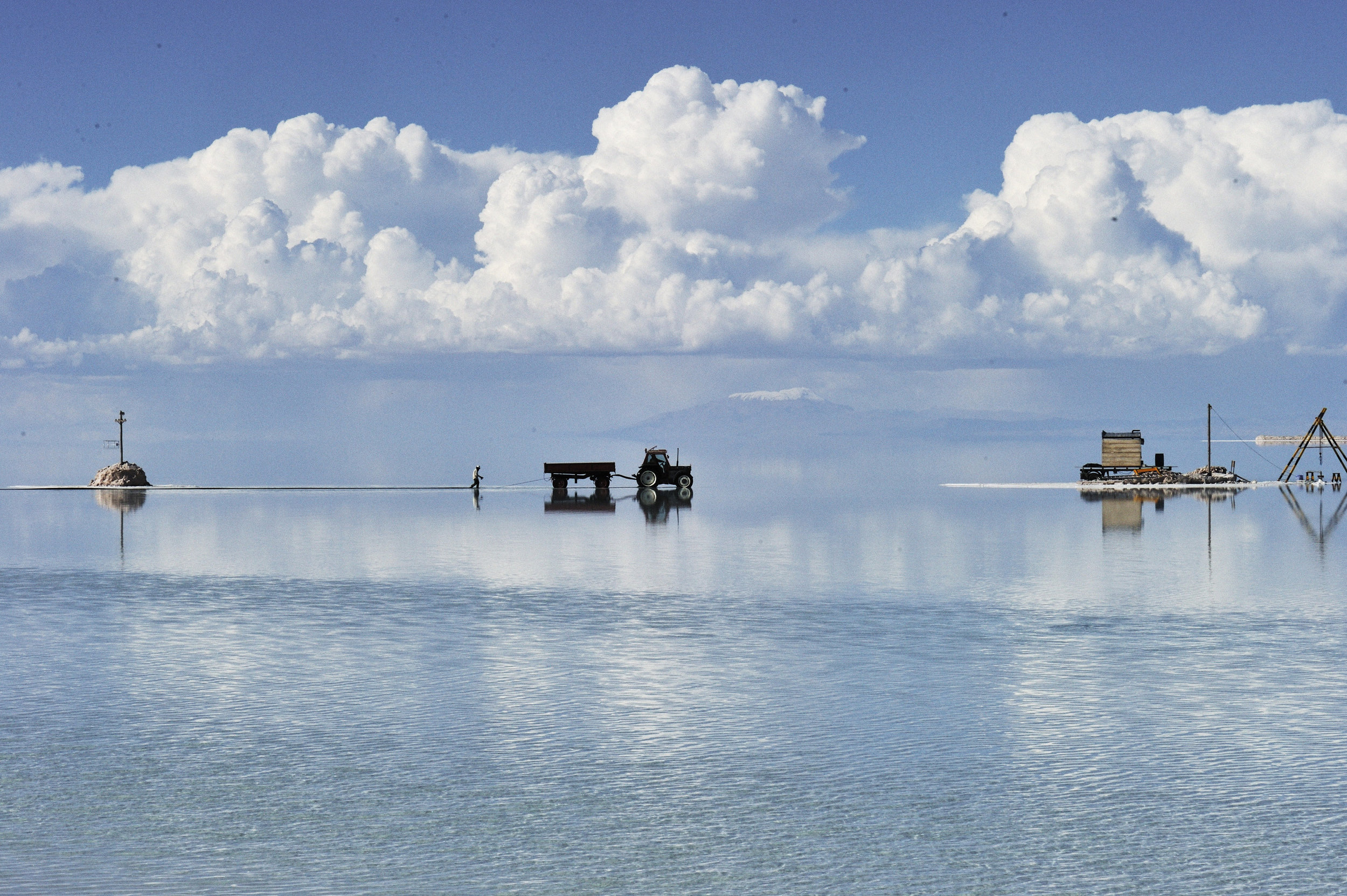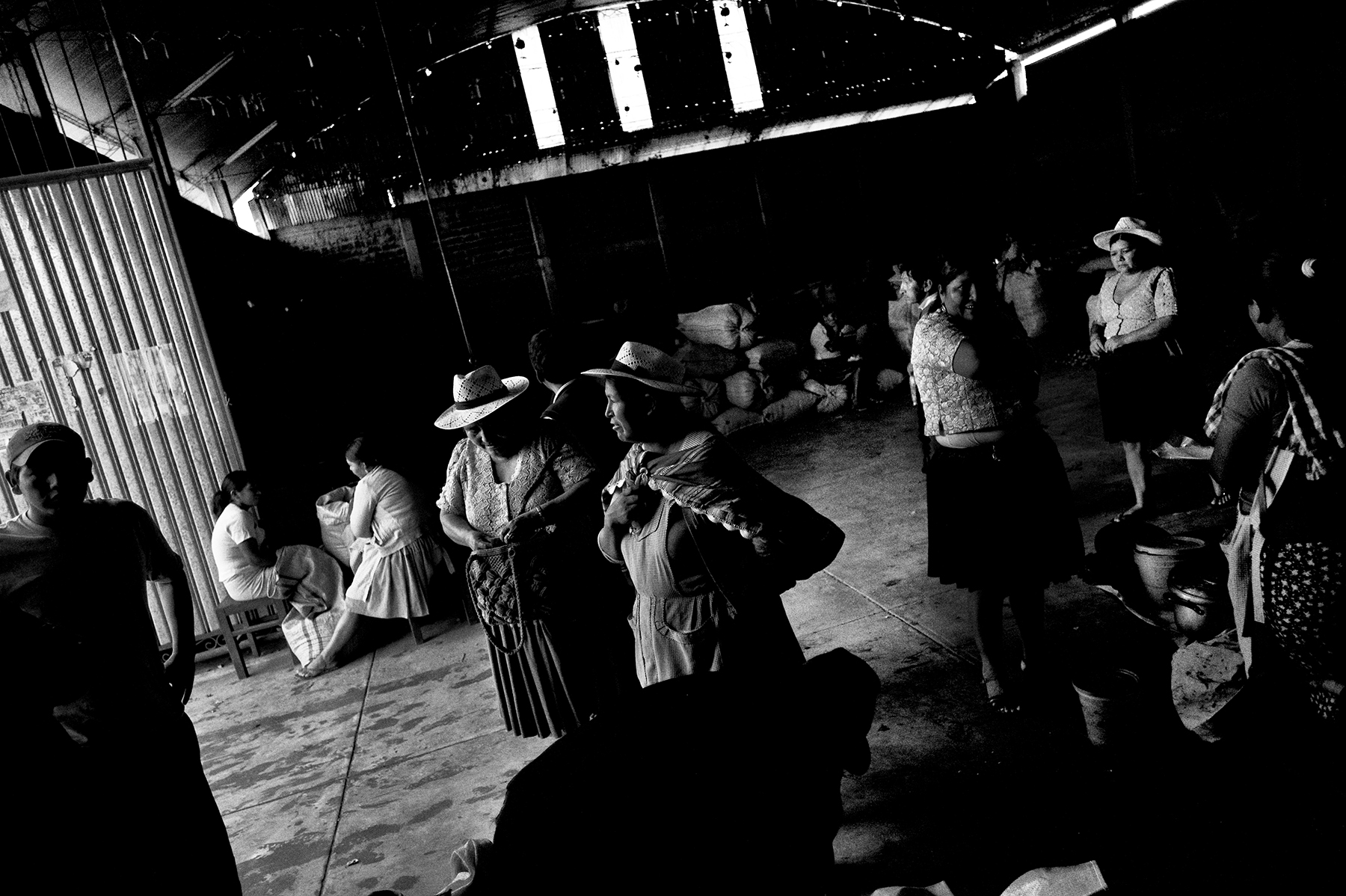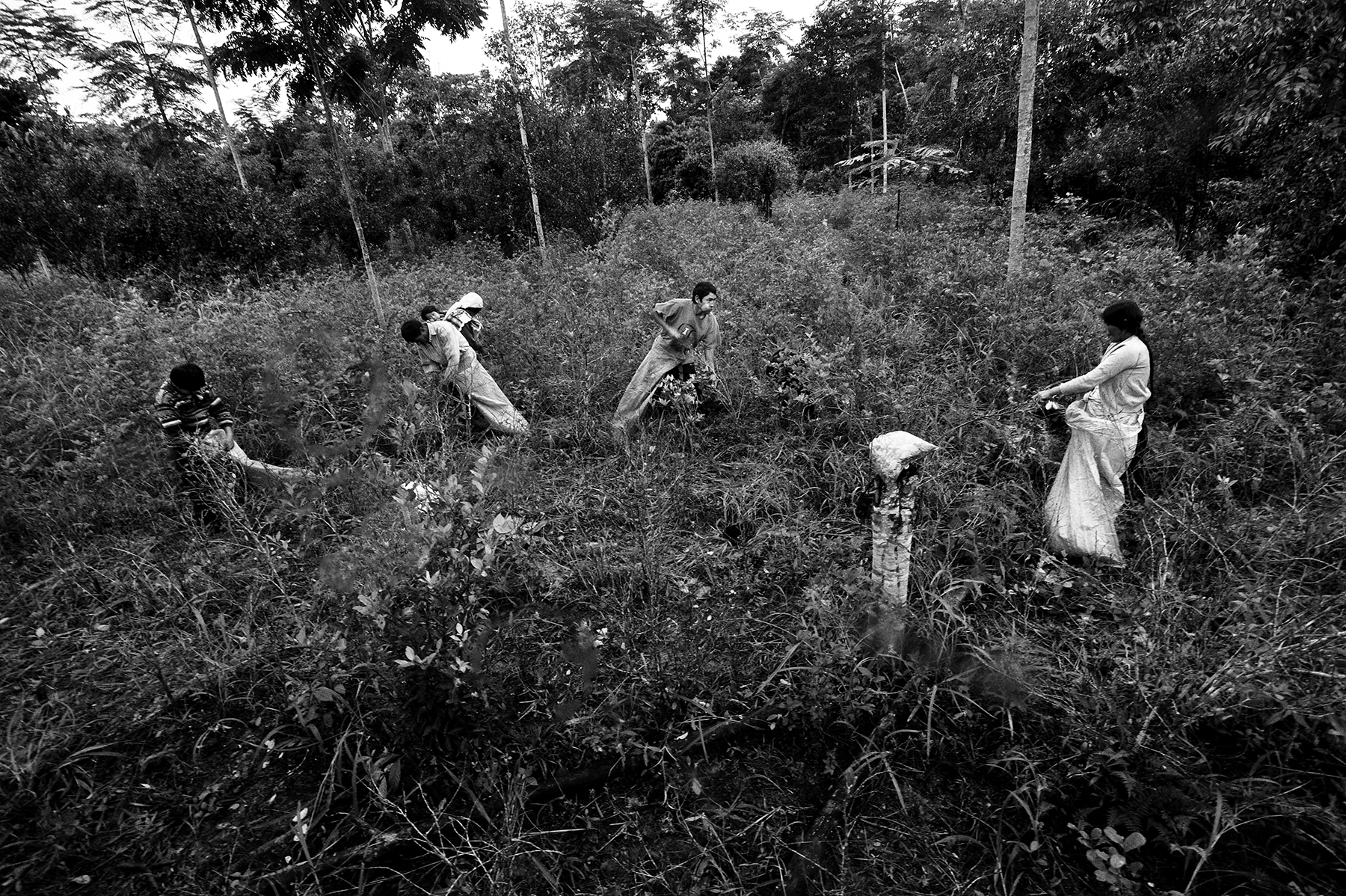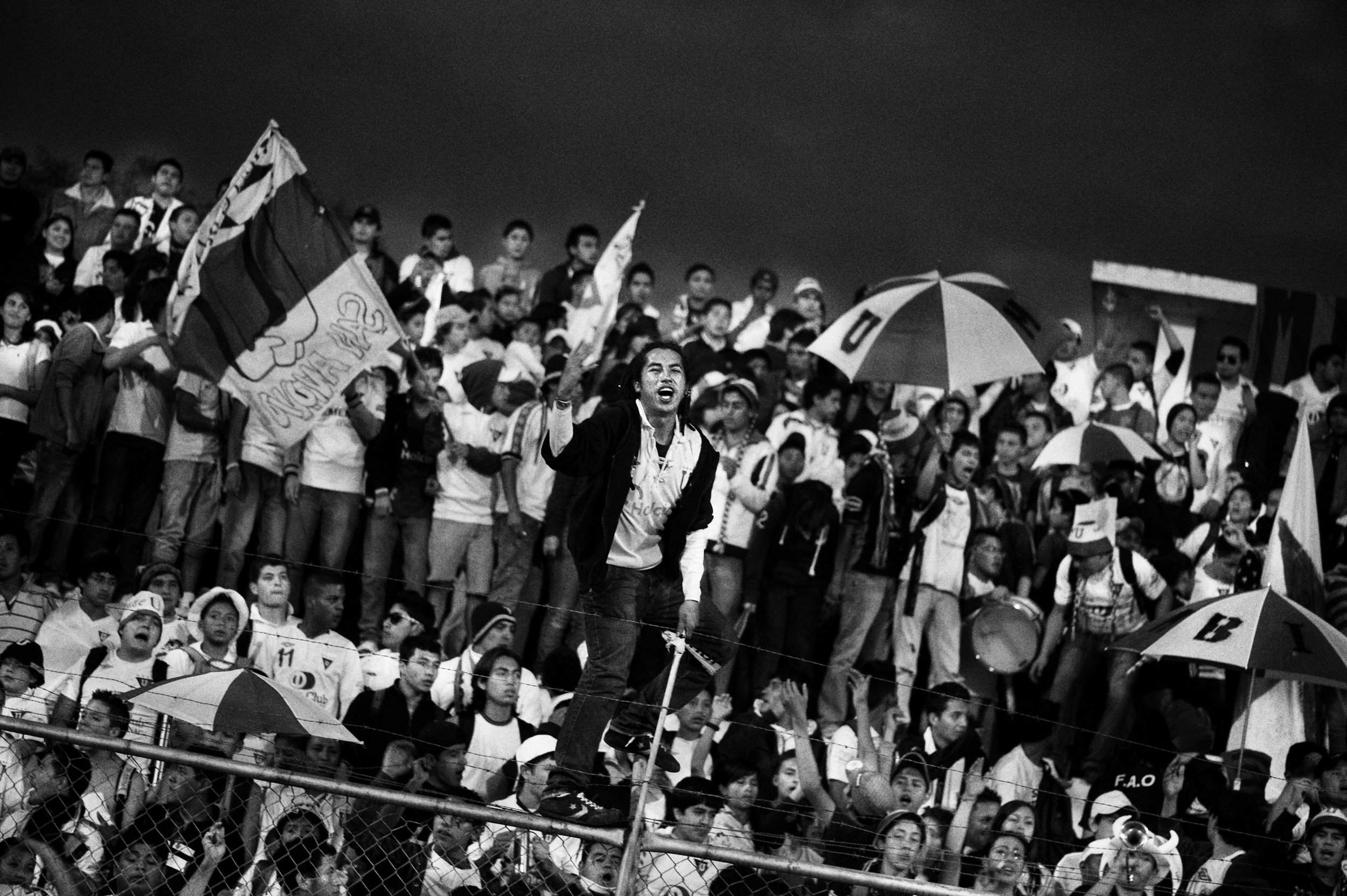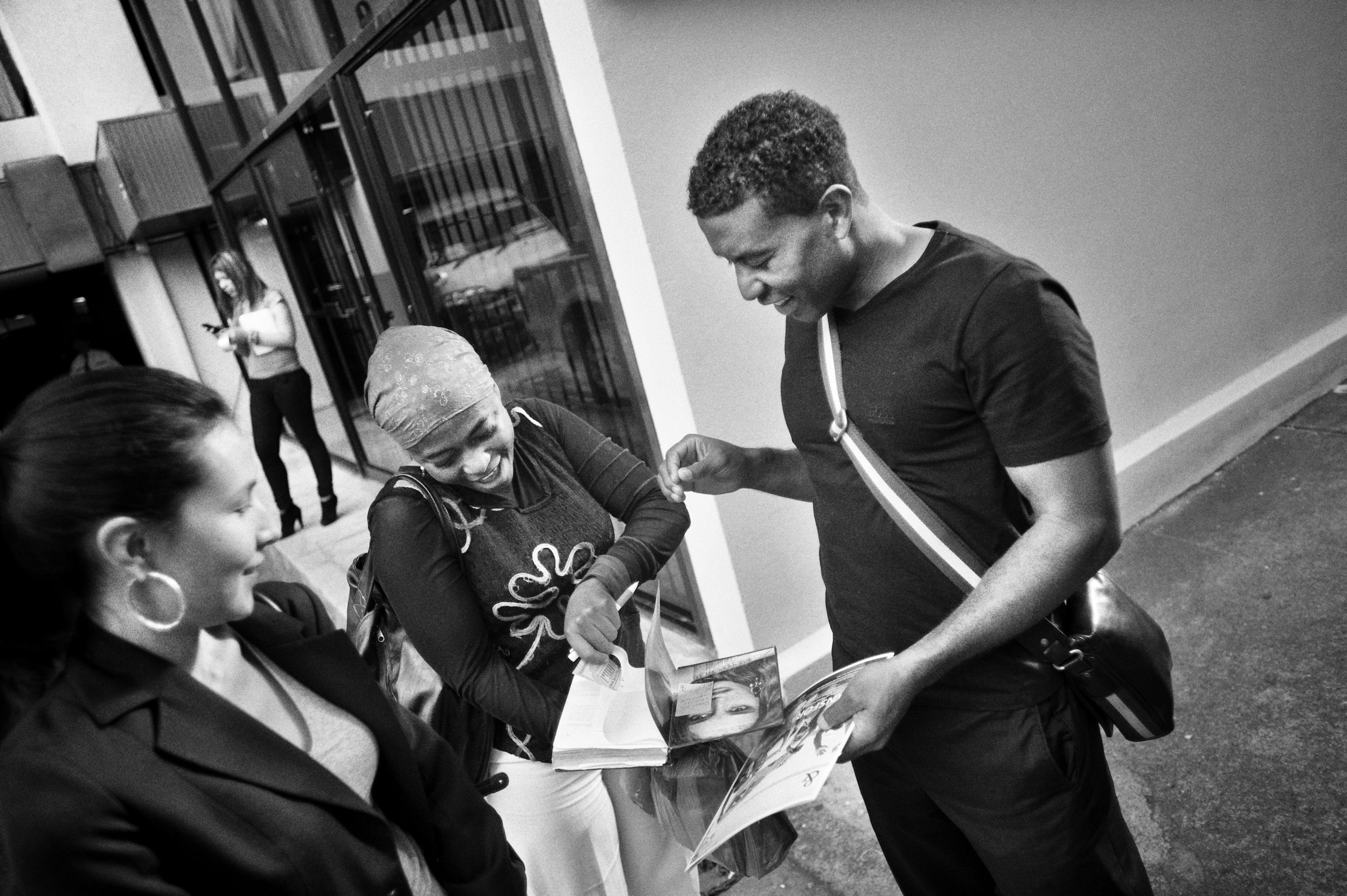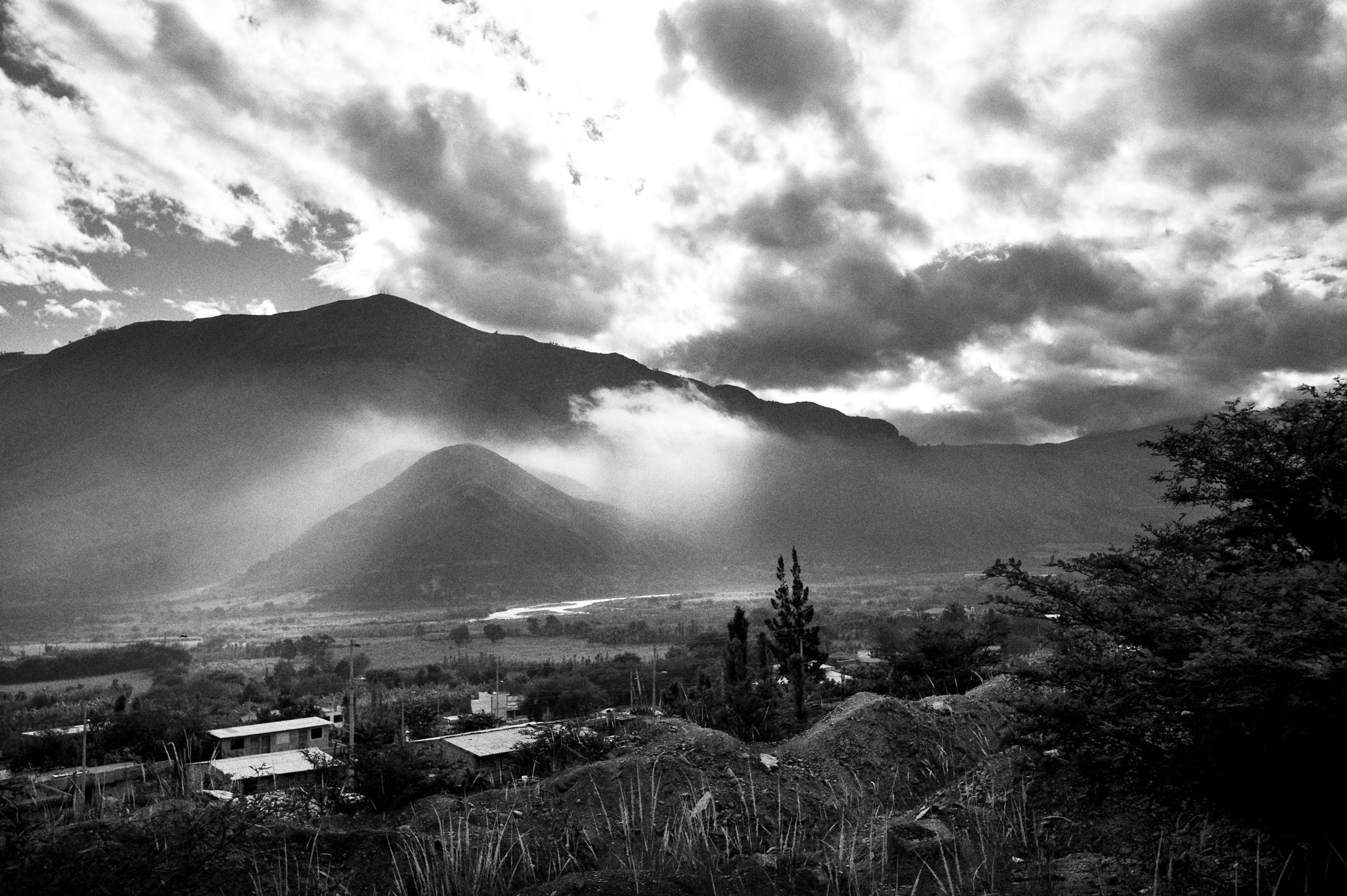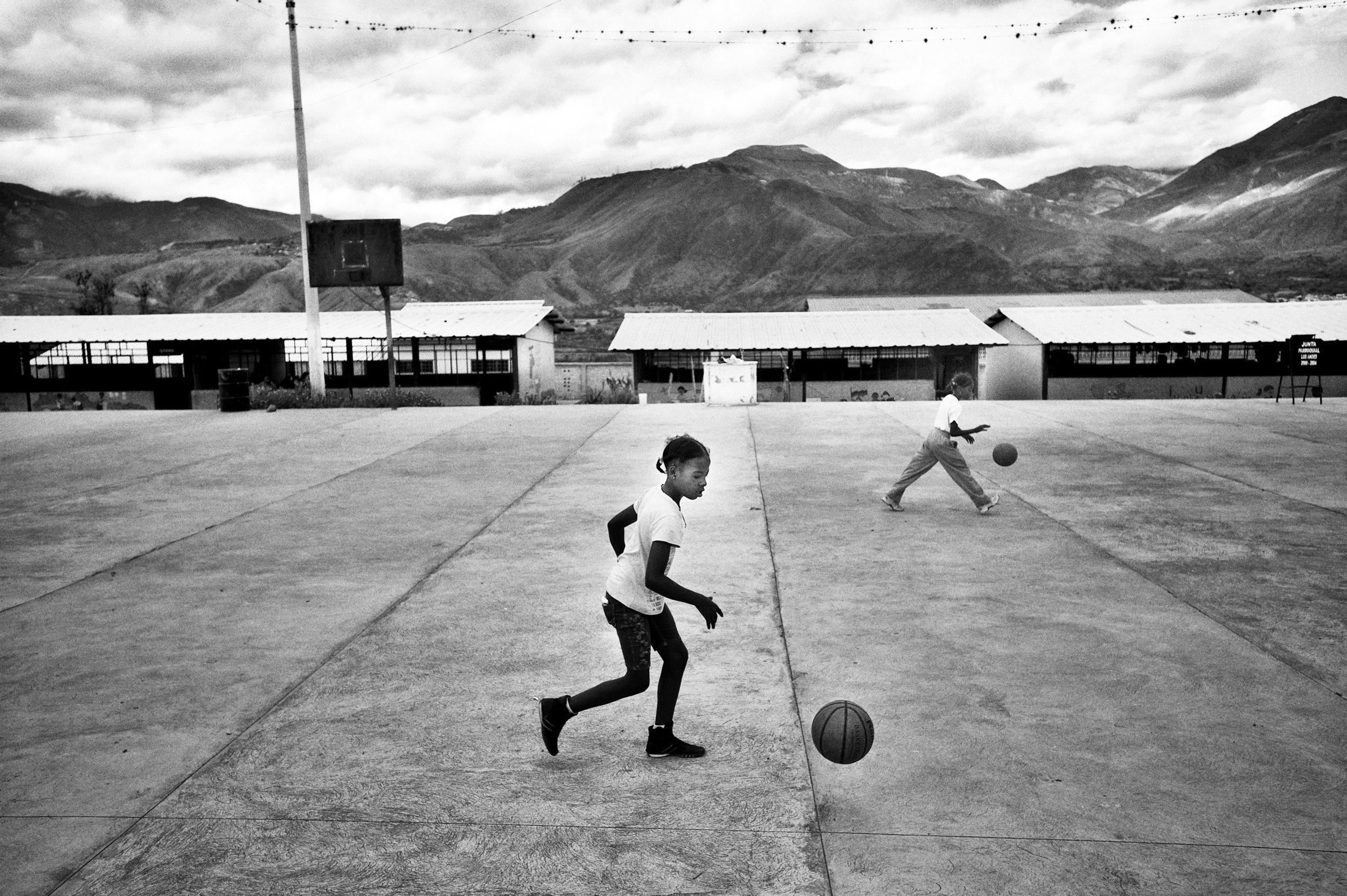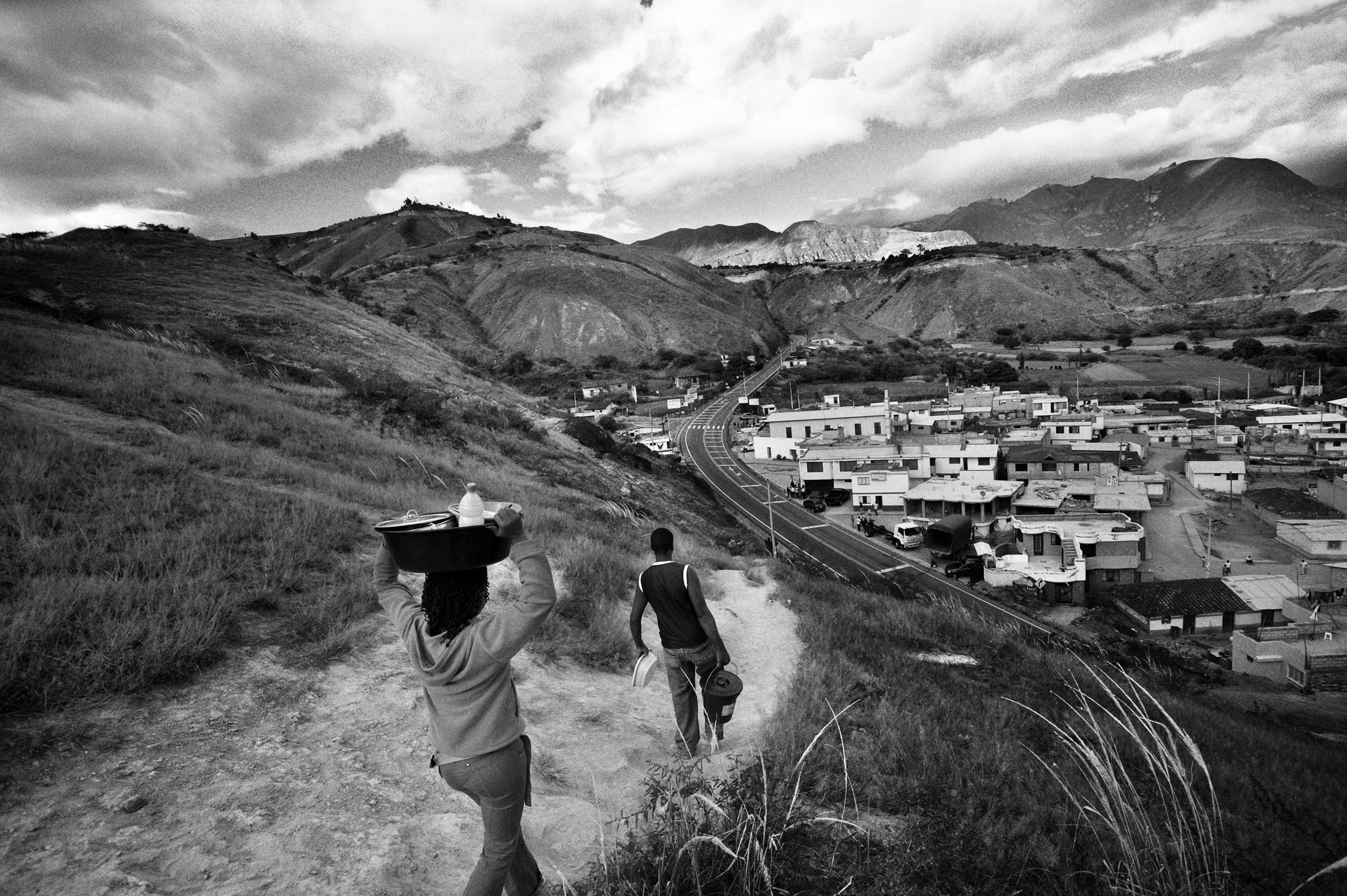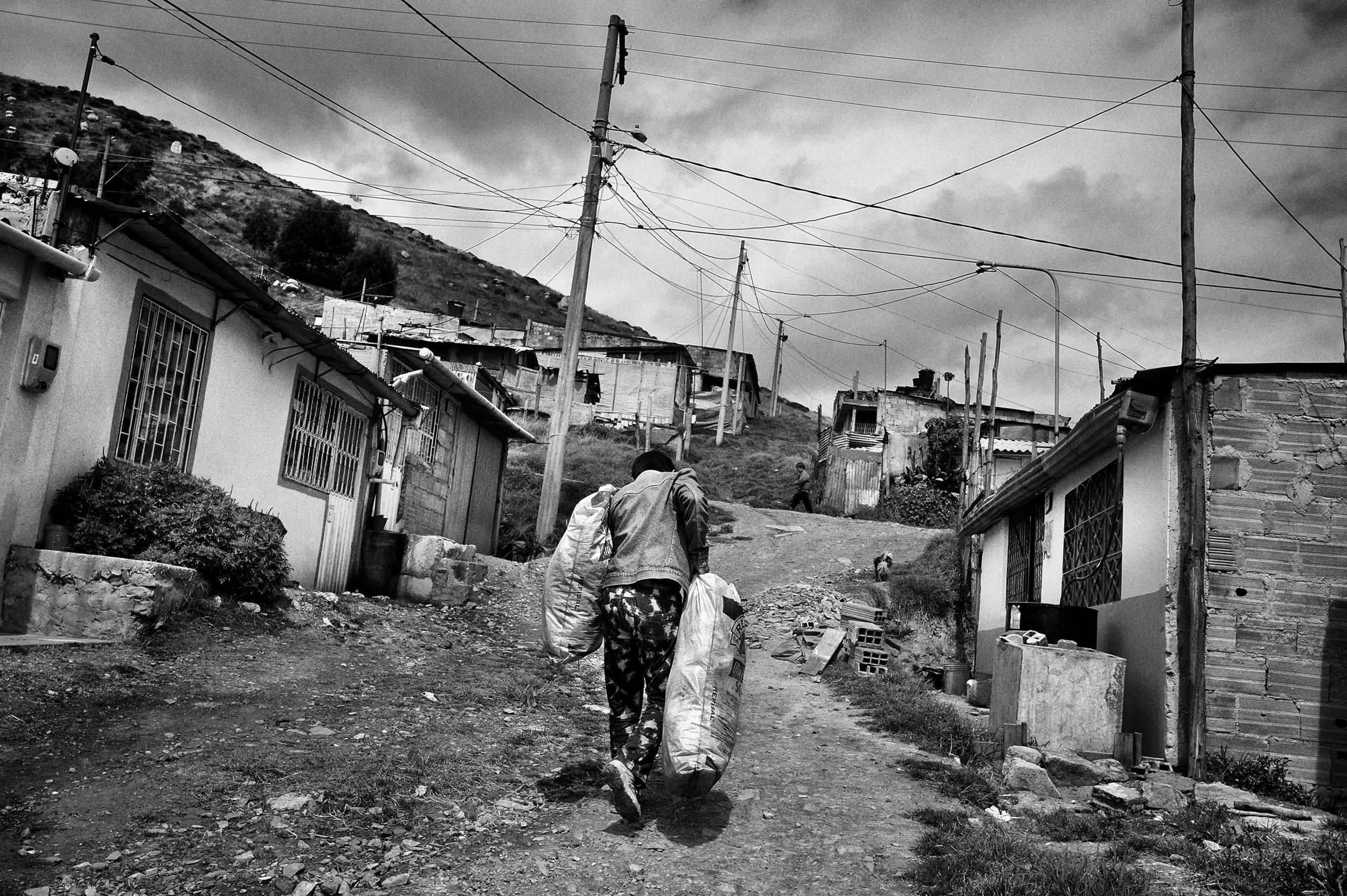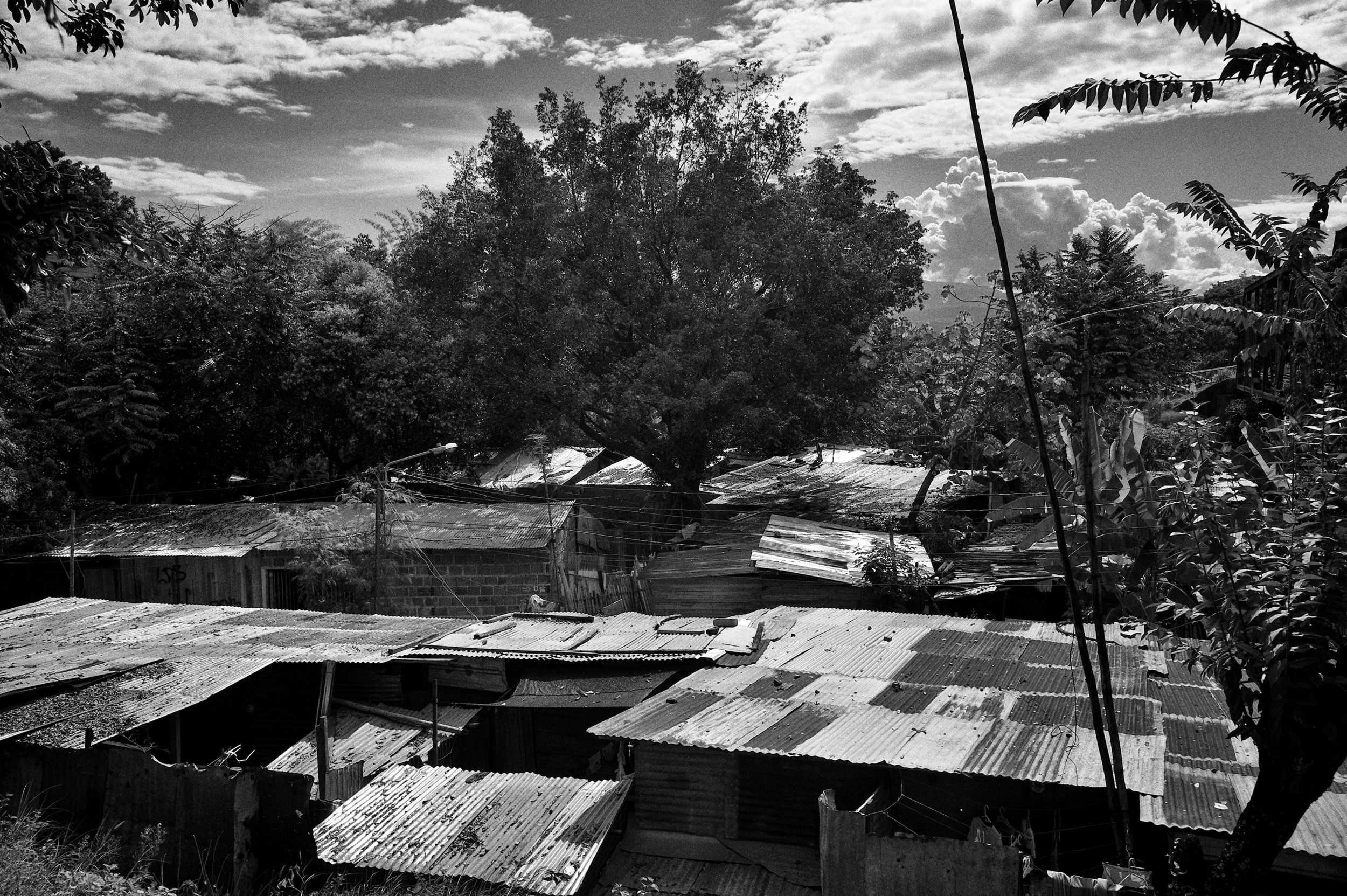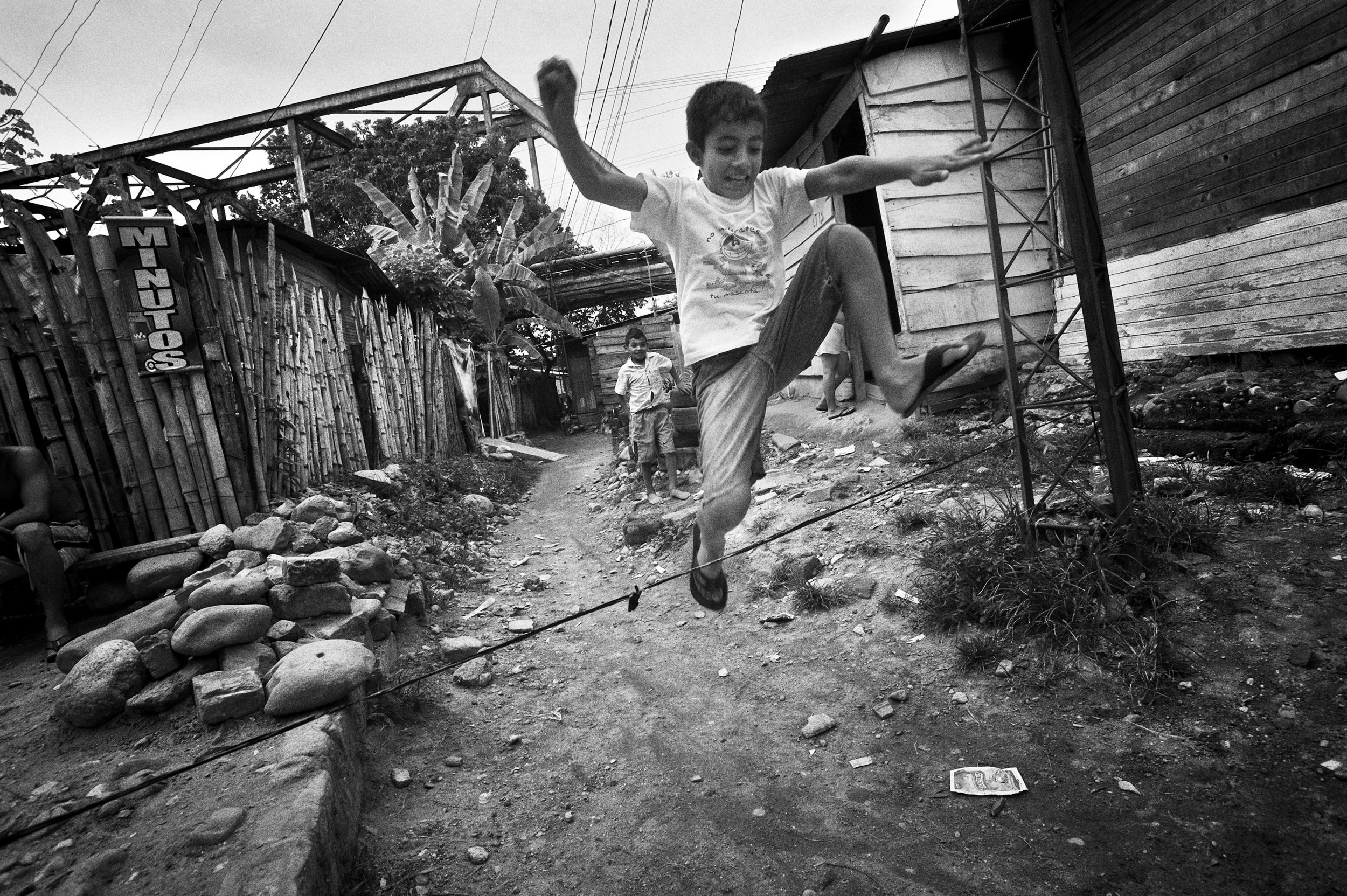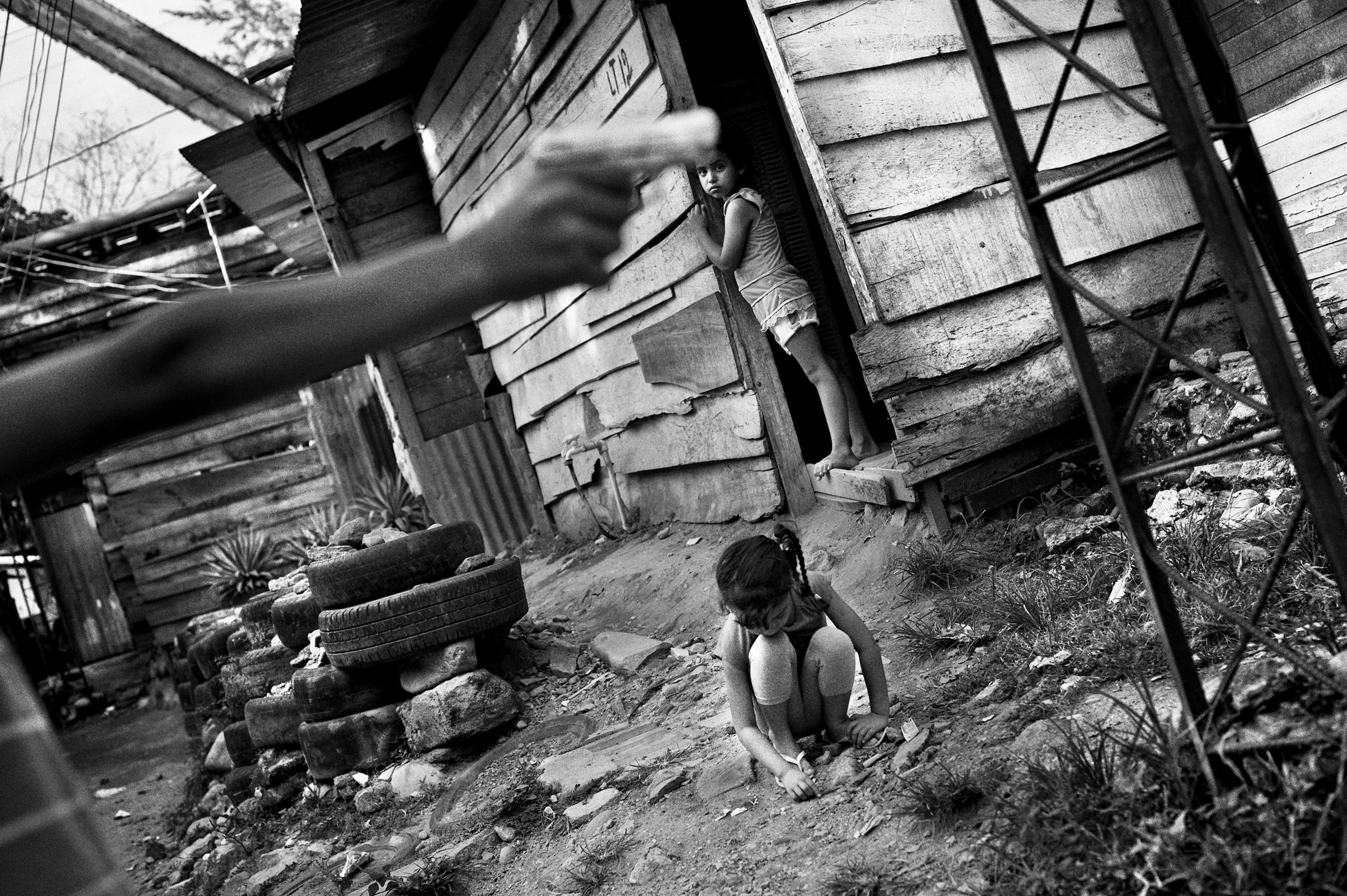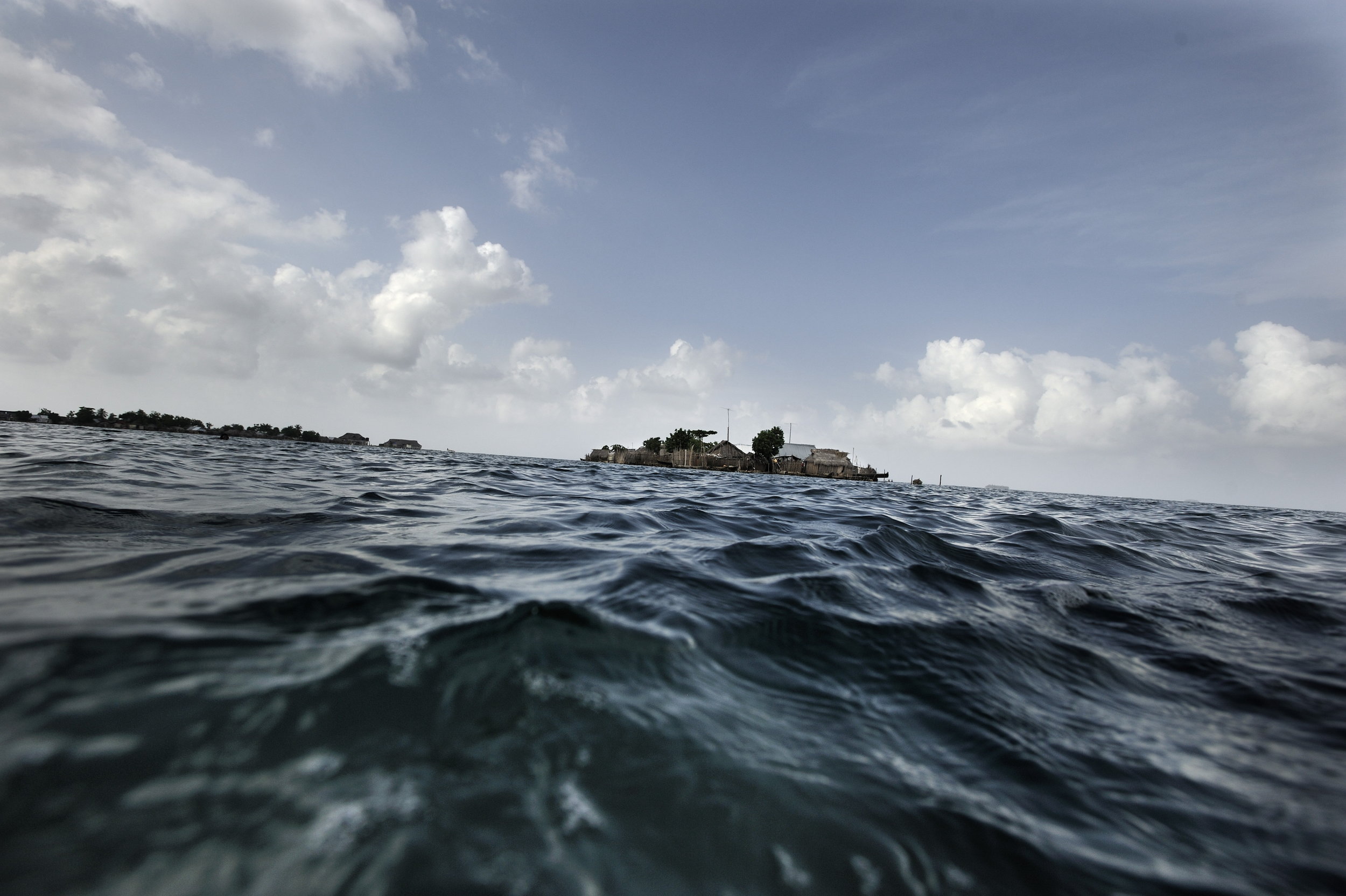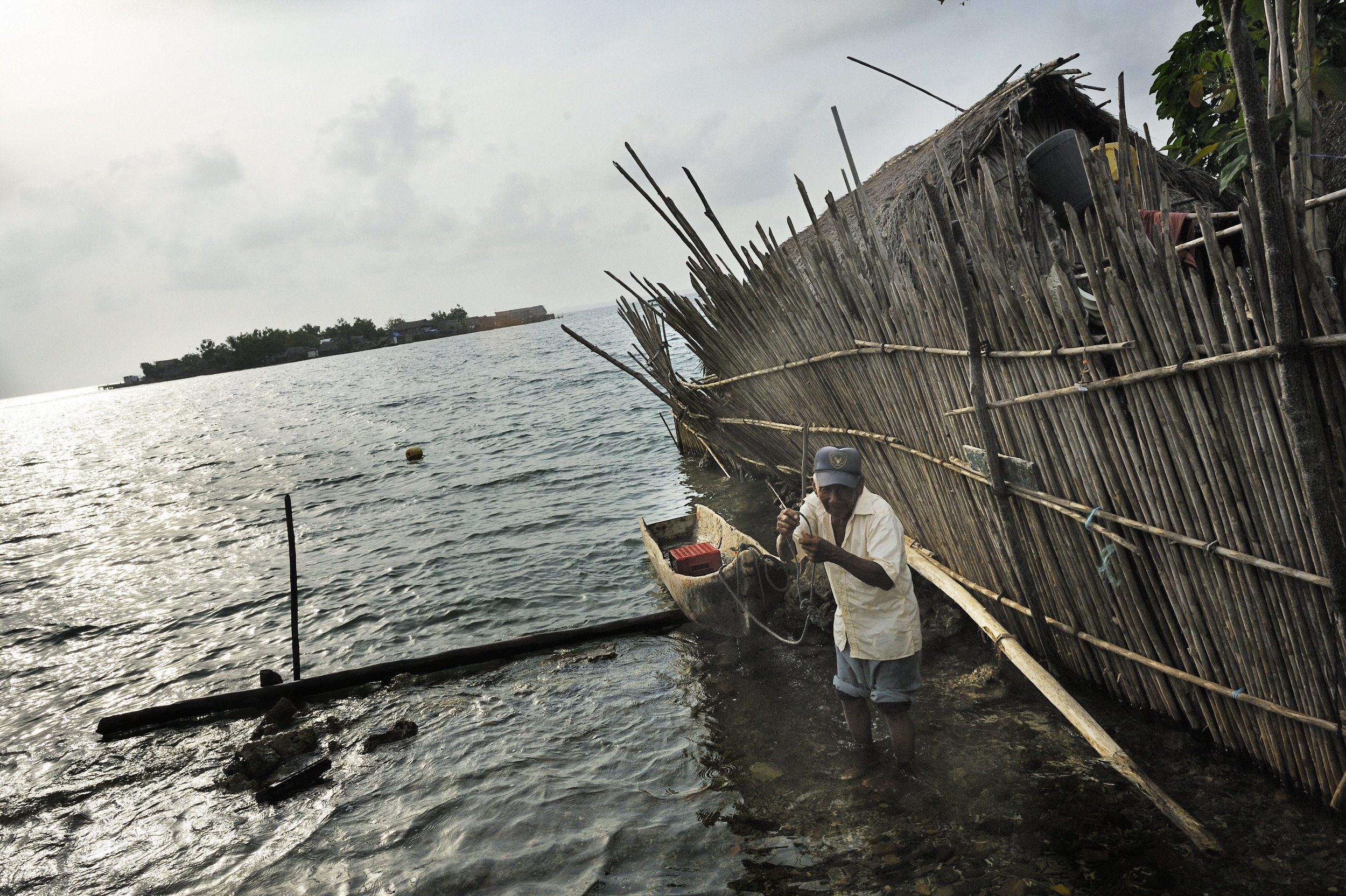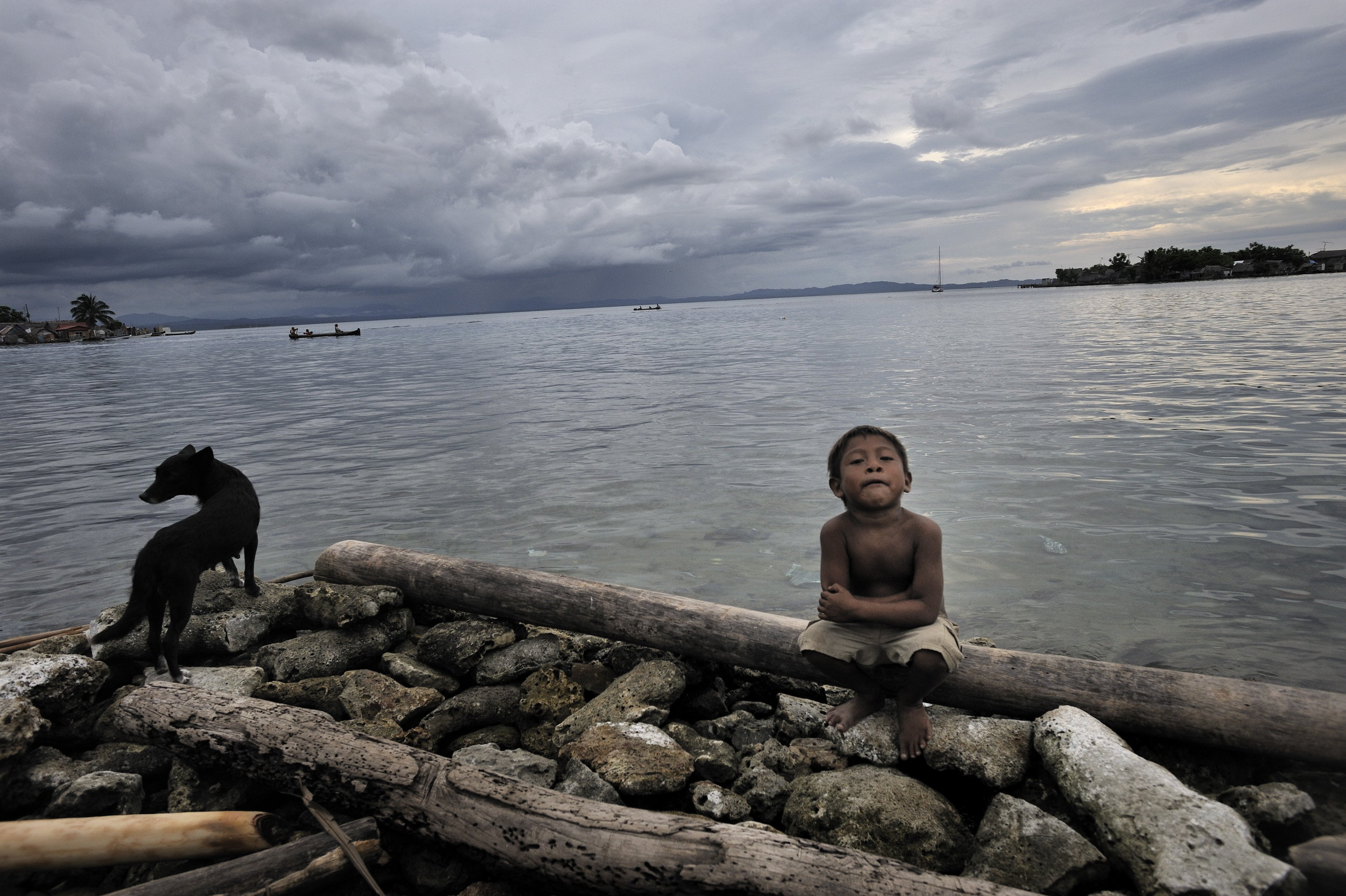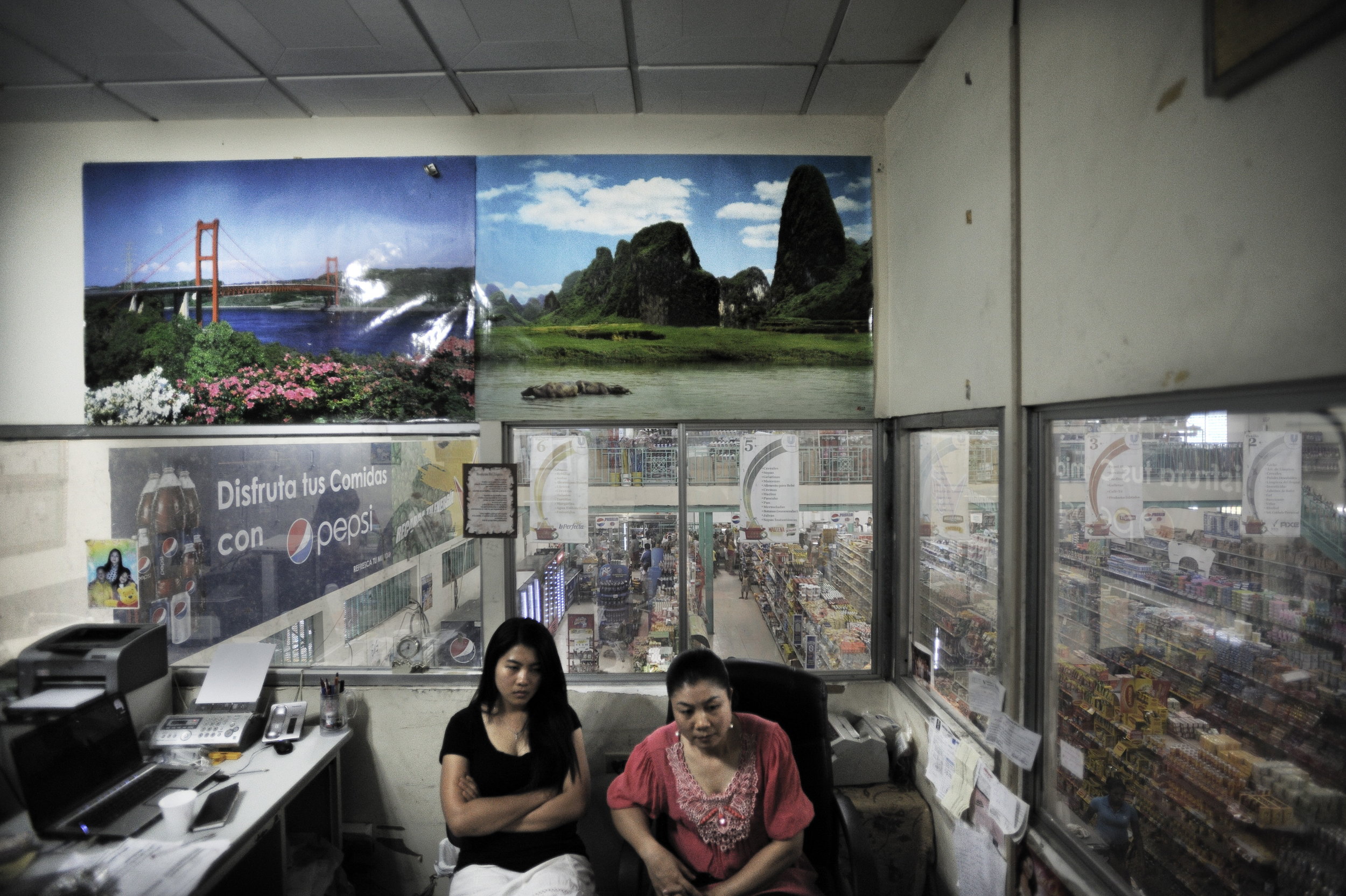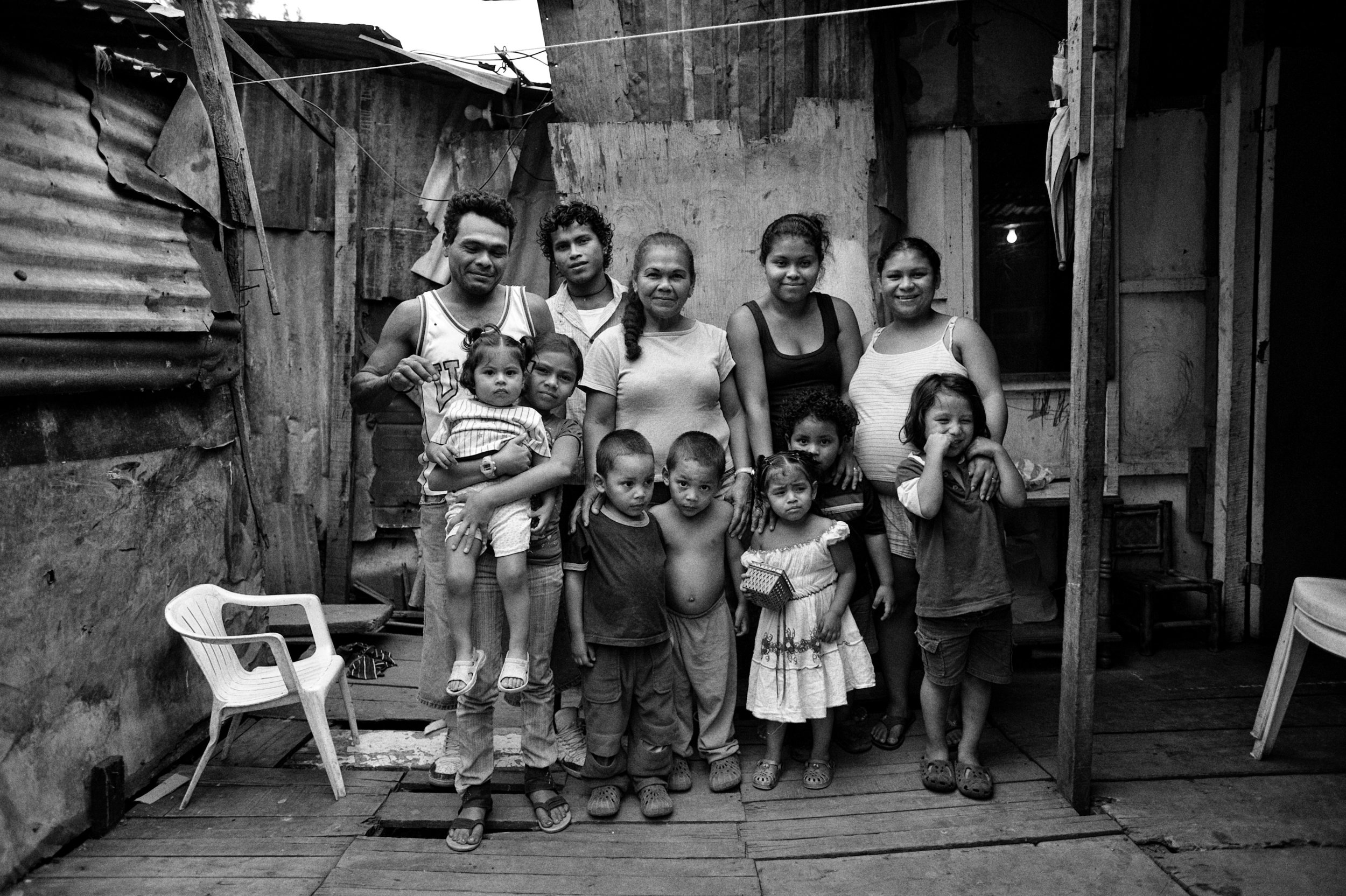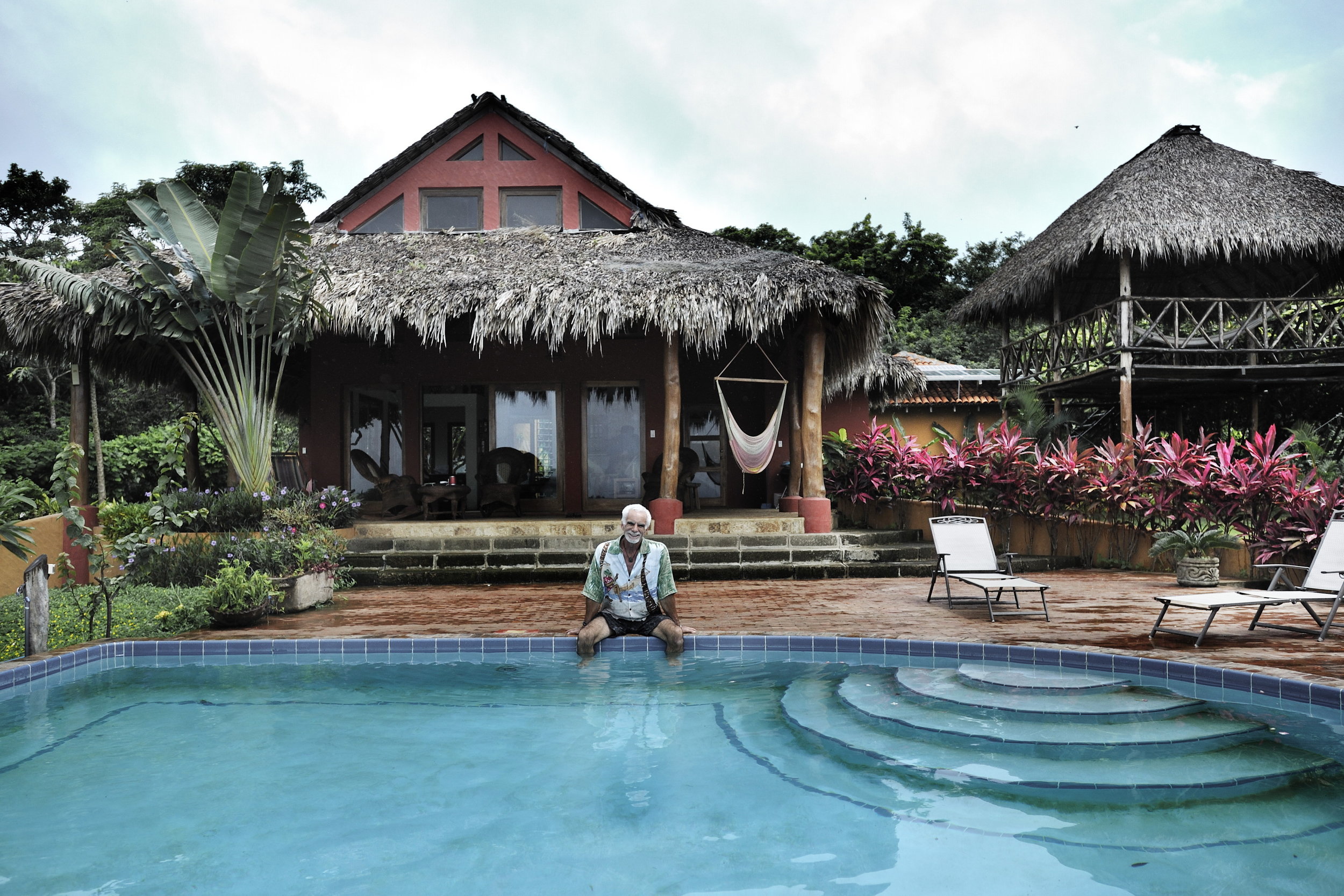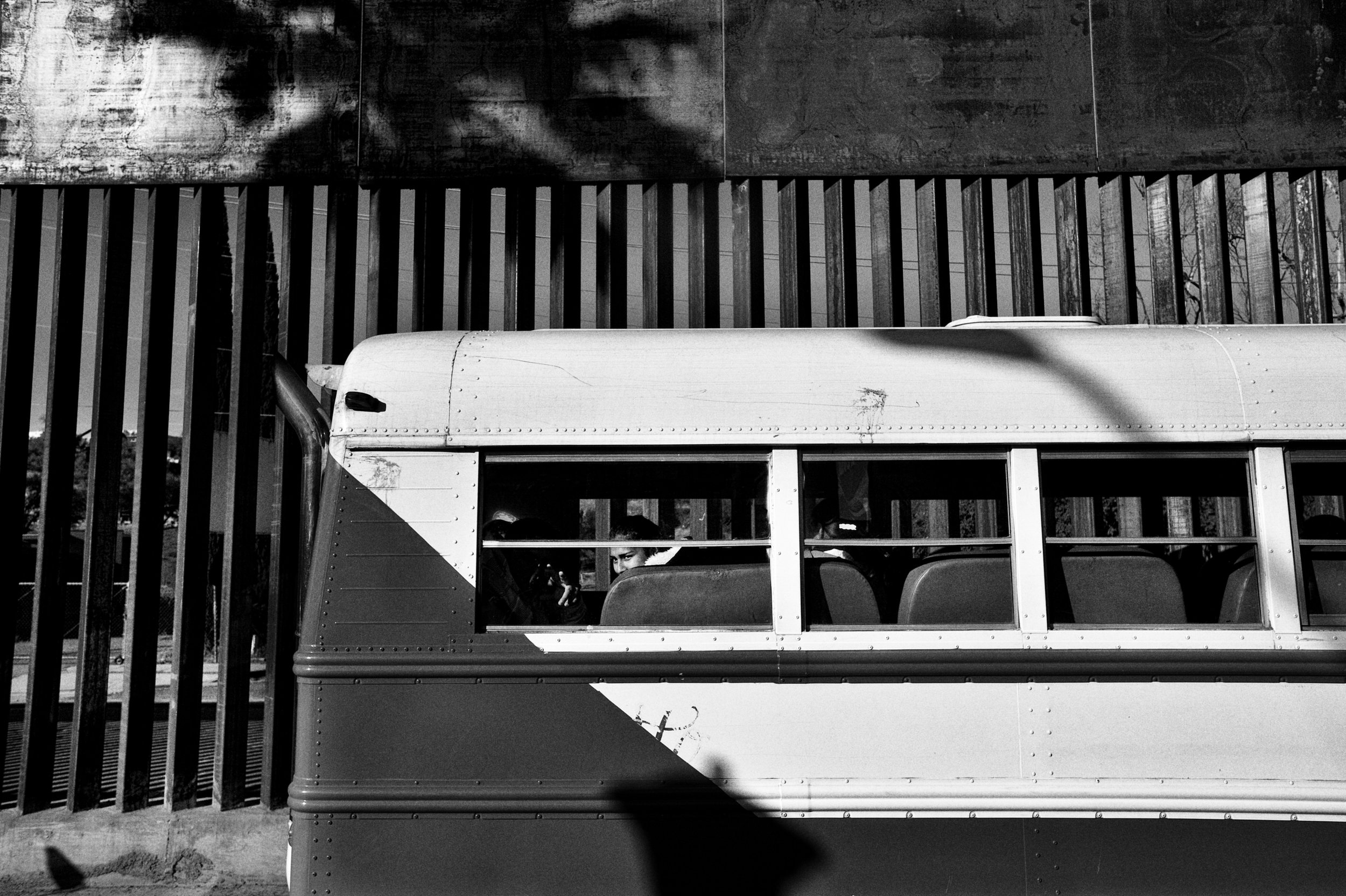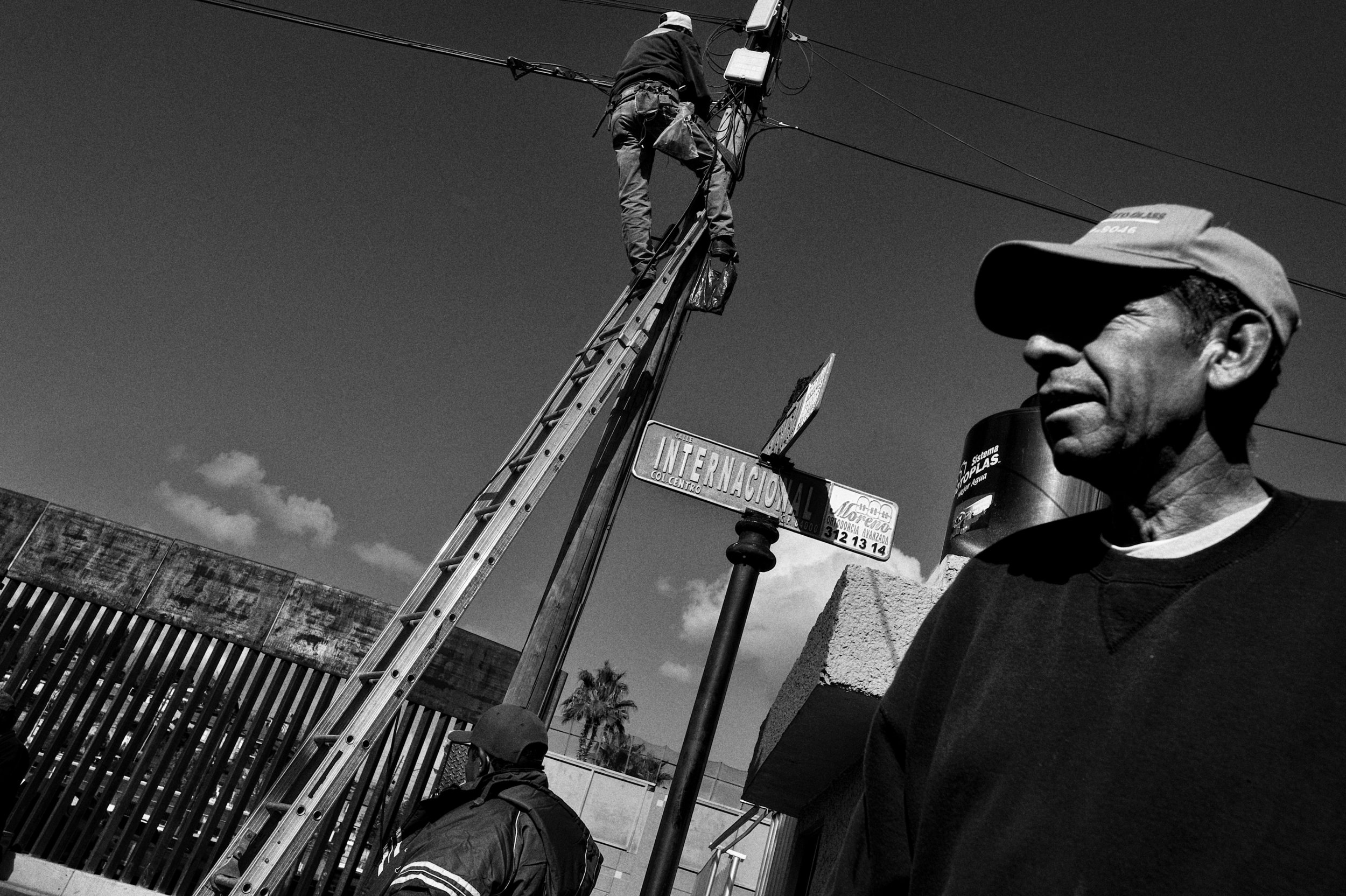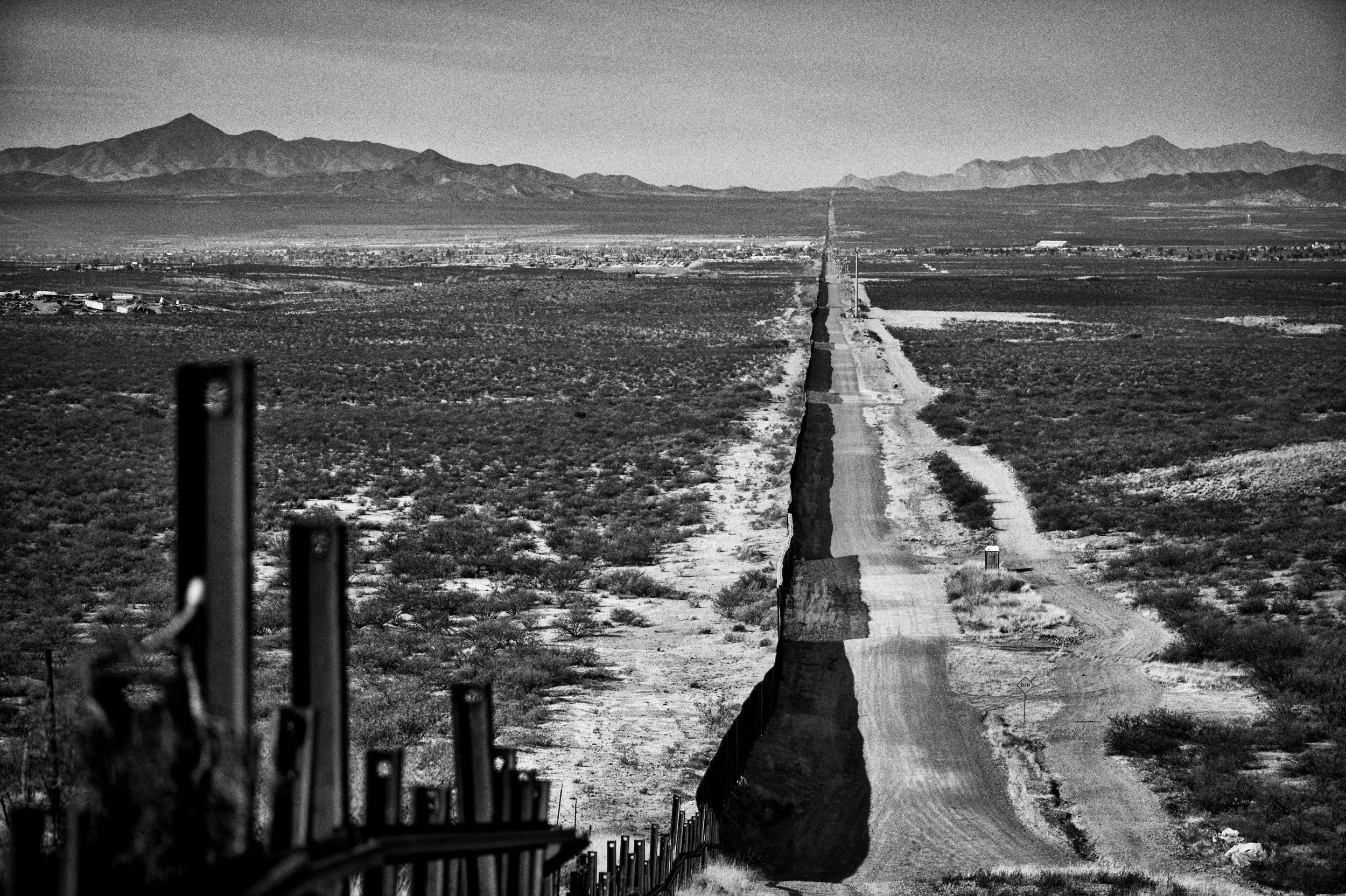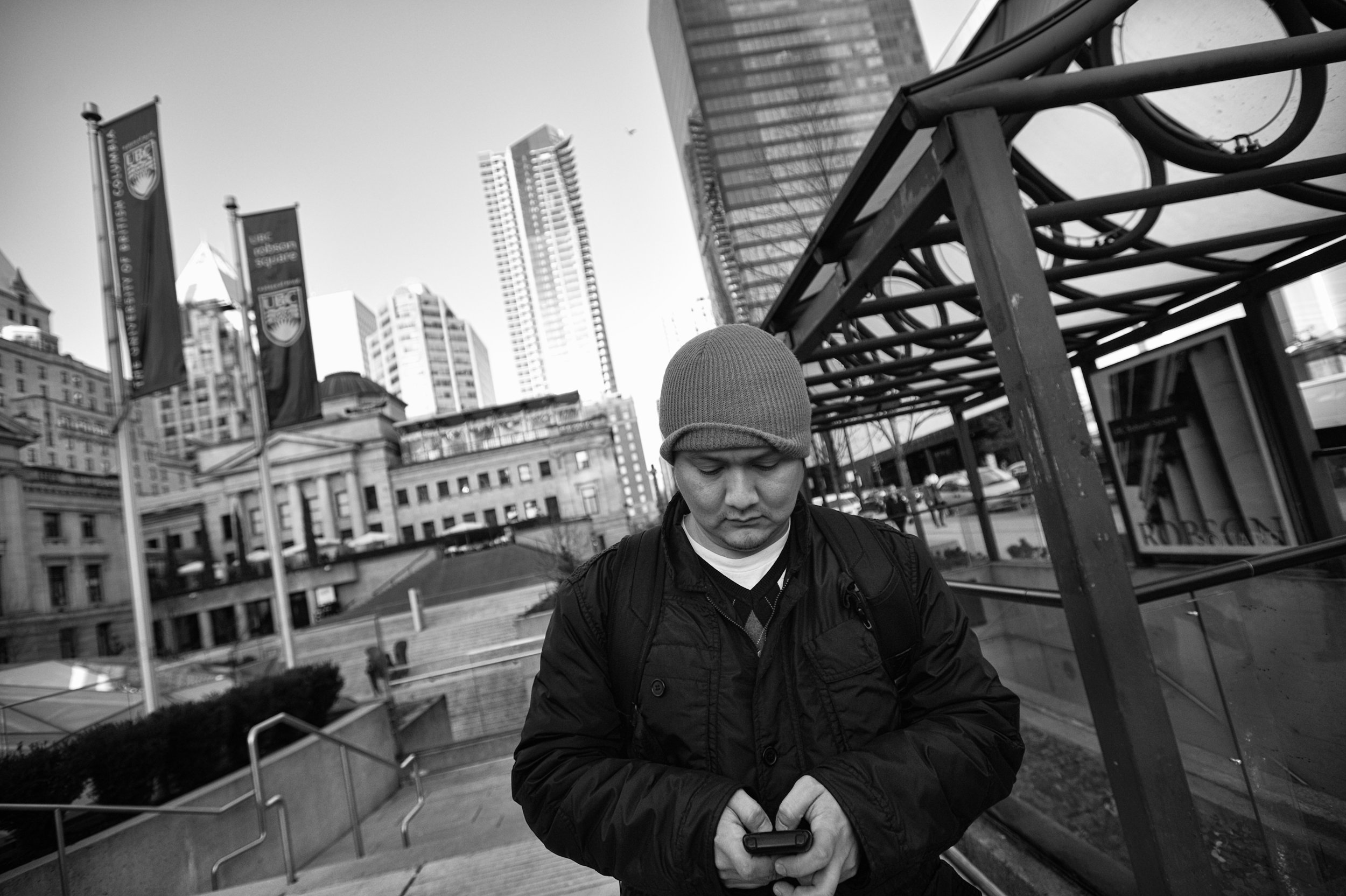Itinerary
In Via PanAm, Kadir van Lohuizen investigates the roots of migration in the Americas. By seeking answers to questions such as Why do people migrate? Where to and for what reasons? What is the fate of the different indigenous populations in the Americas? Van Lohuizen taps into a phenomenon which is as old as humanity but is increasingly portrayed as a new threat to the Western world.
Via PanAm follows Van Lohuizen’s footsteps from the very south of Chile to the very north of Alaska. Covering 13 countries along the Pan-American Highway, he will visualise the stories of the communities, regions and societies he encounters.
The stories gathered during the approximately 40-week trip will be shared through a combination of blogs, weekly radio broadcasts and magazine articles, on-line still and video images and written interviews. The website, as well as the iApp that will be developed, will connect the reader/viewer directly with Van Lohuizen and the progress of the trip. Via PanAm will take the tablet PC, or iPad, as its primary platform, making full use of its functionalities to combine on- and offline content, moving and still images, text-based reporting as well as audio and video.
“For this project, I wanted to experience the distances that many migrants travel.
So I started my overland journey in Puerto Torro, the most southern settlement in Chile, and reached my endpoint almost a year later in Deadhorse, Alaska.
I crossed 15 countries and documented the lives of the many migrants I met. It struck me how vulnerable they are and how much they are exploited. At the same time, many economies are dependent on migrants, the UnitedStates in particular.
I realised that migrating is never an easy decision to make. And yet, despite the difficulties, people leave their homes and start from scratch, somewhere far away, in the pursuit of happiness.”
- Kadir van Lohuizen, 2013




